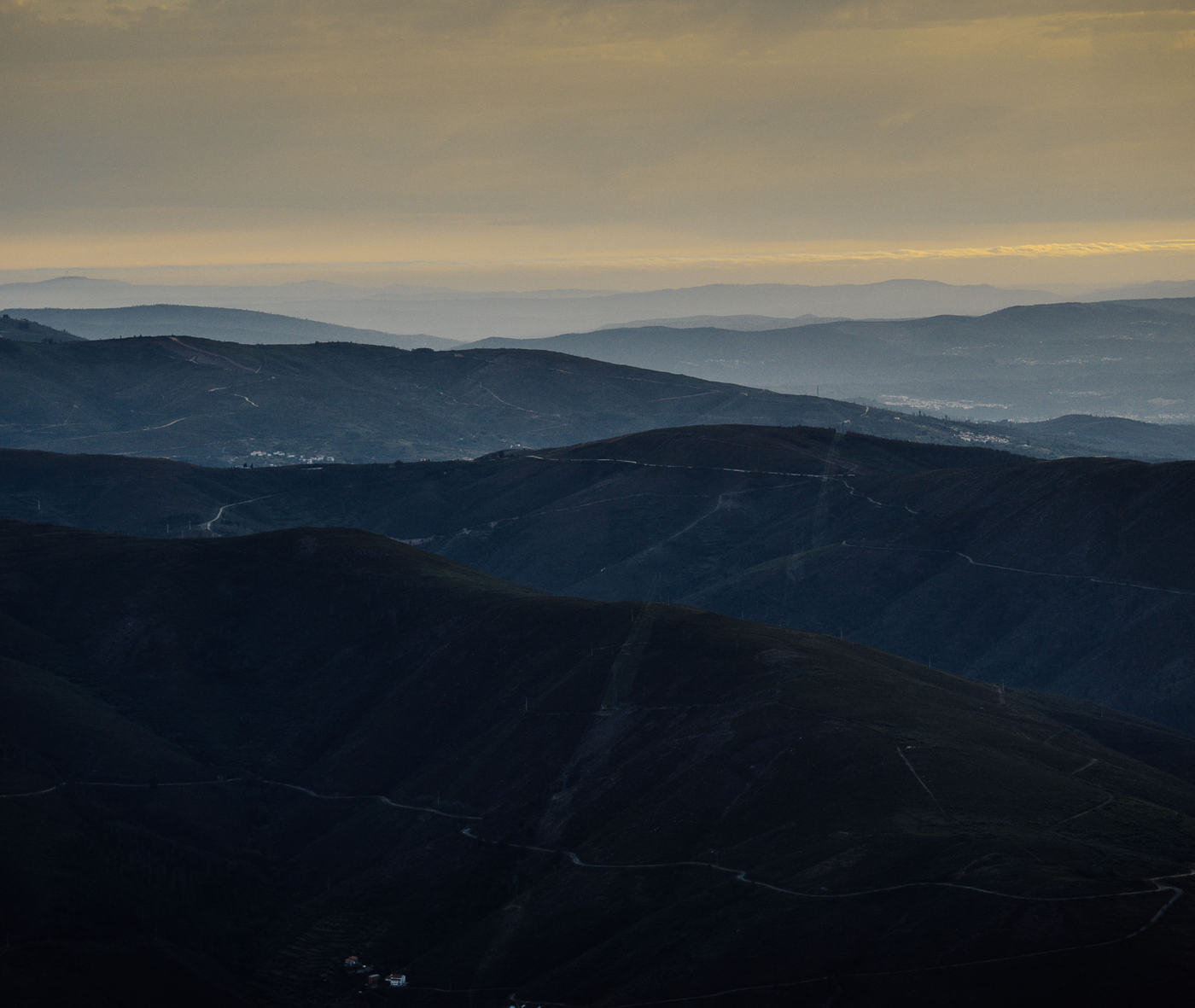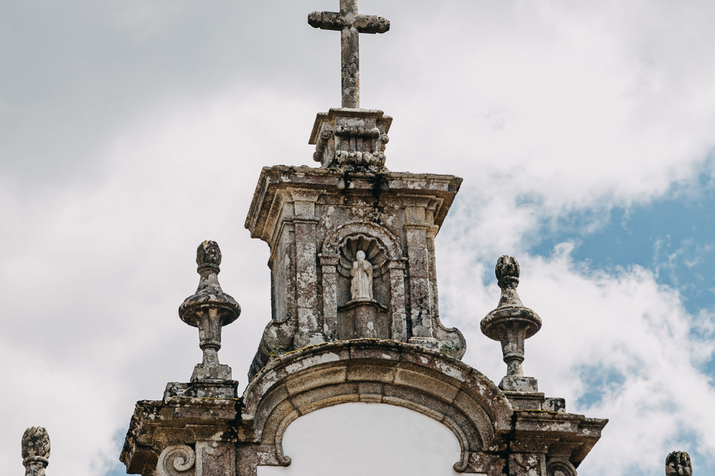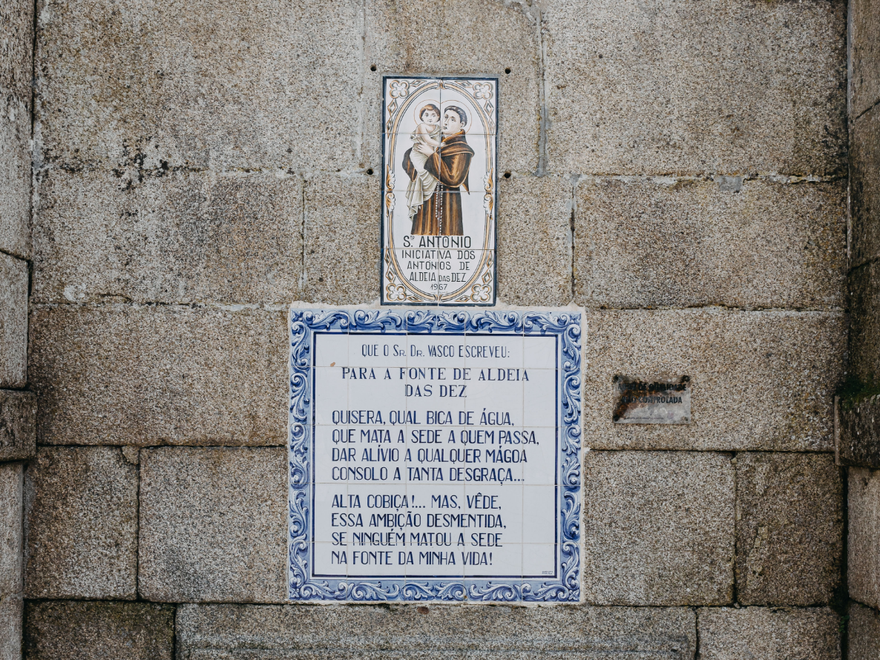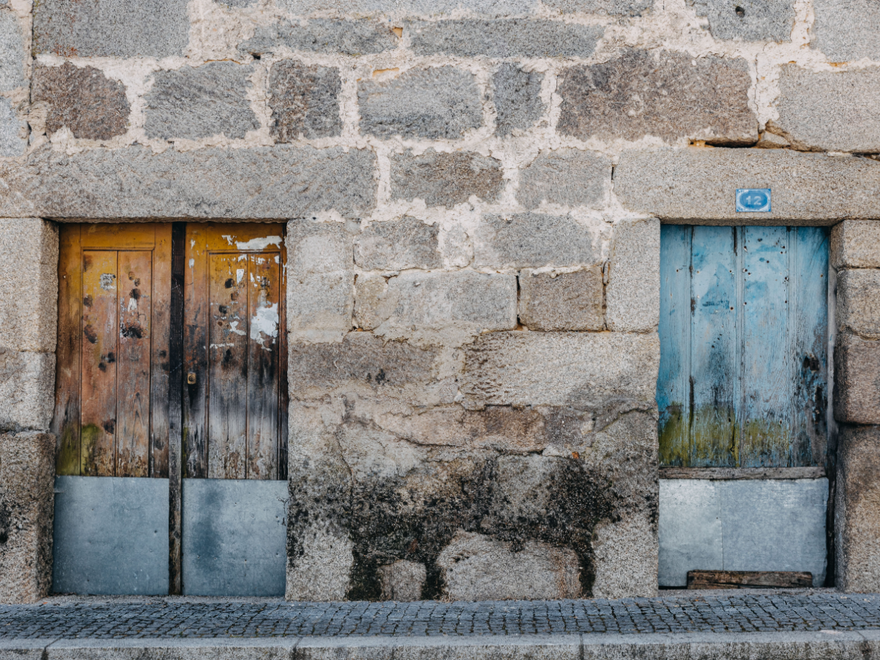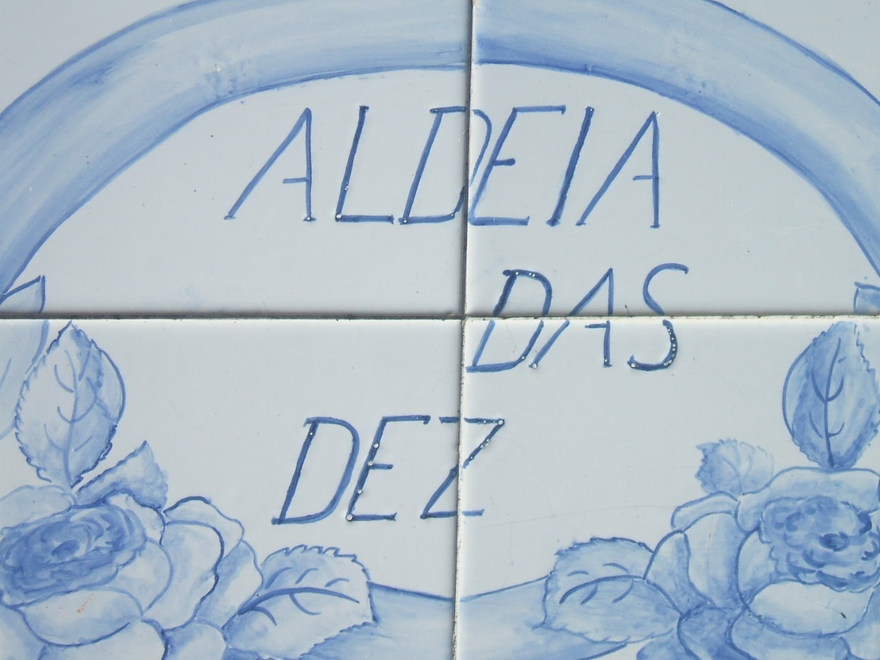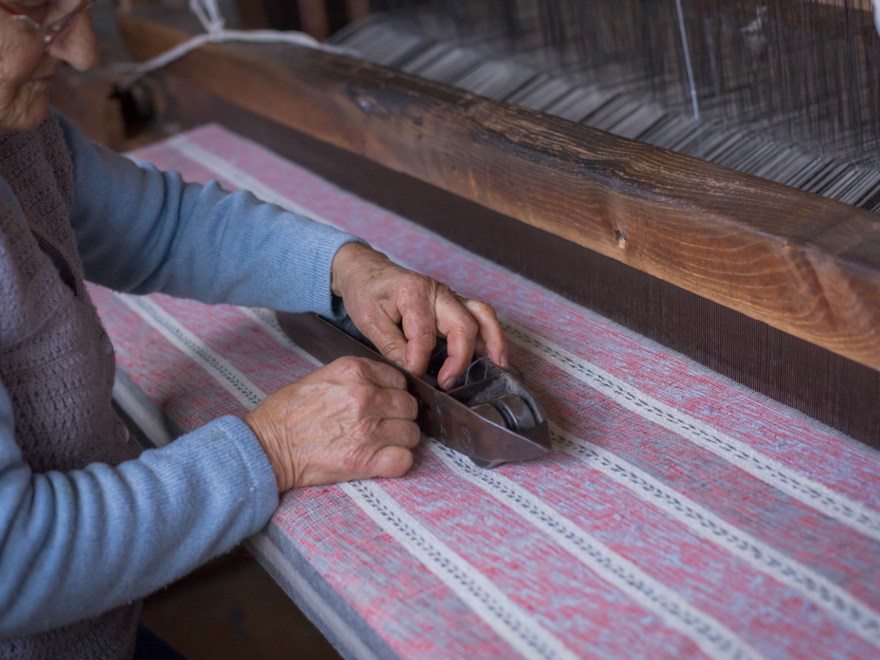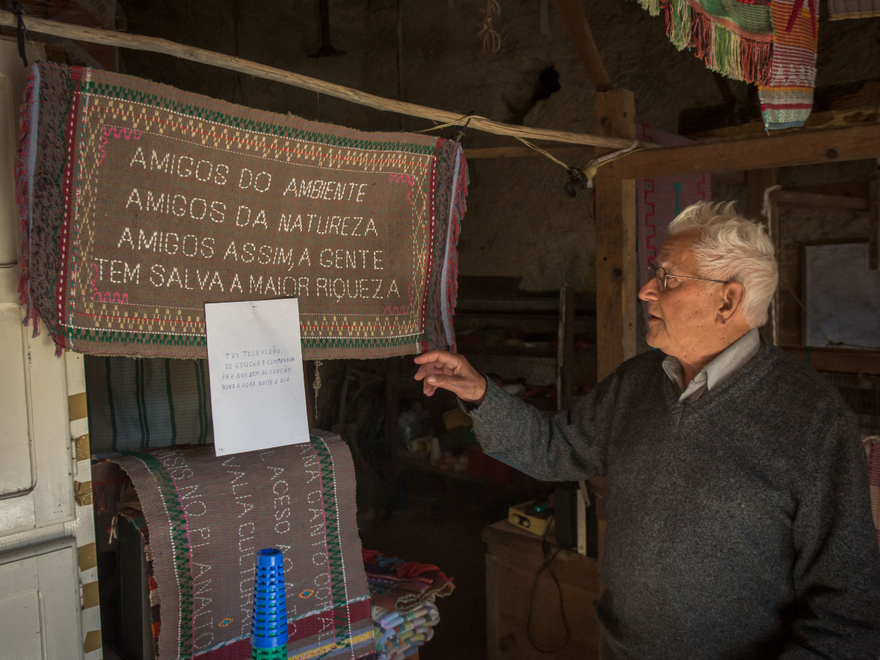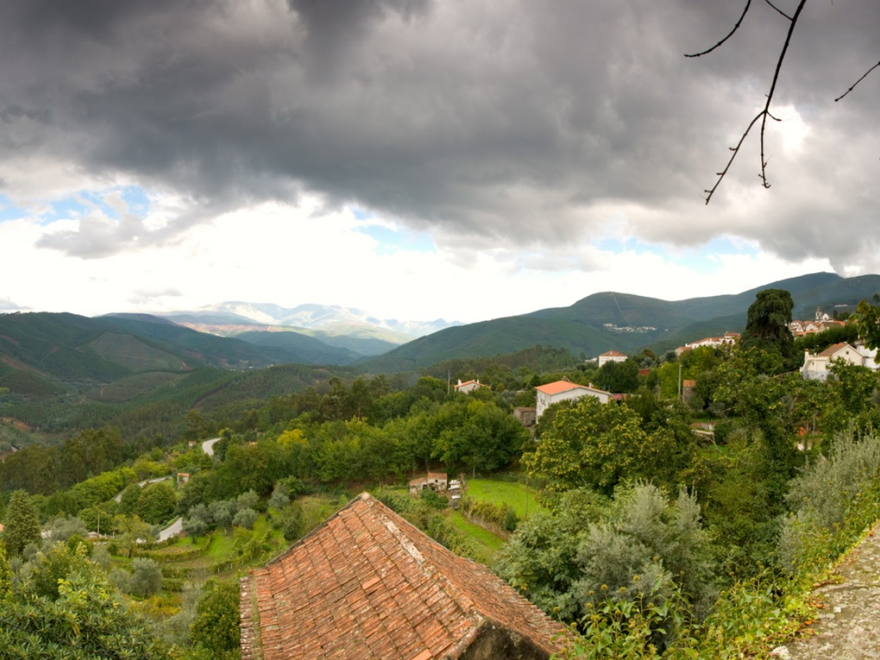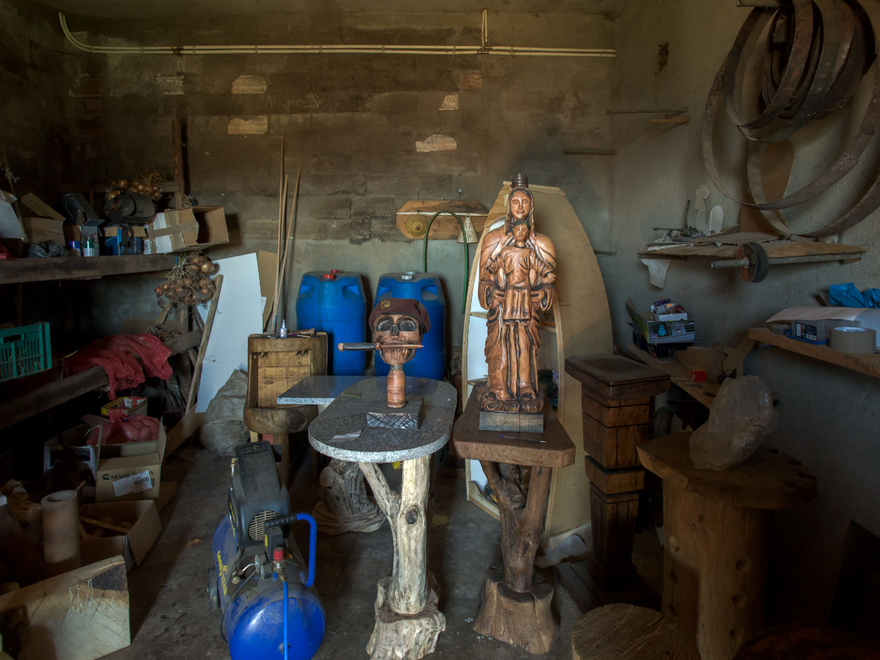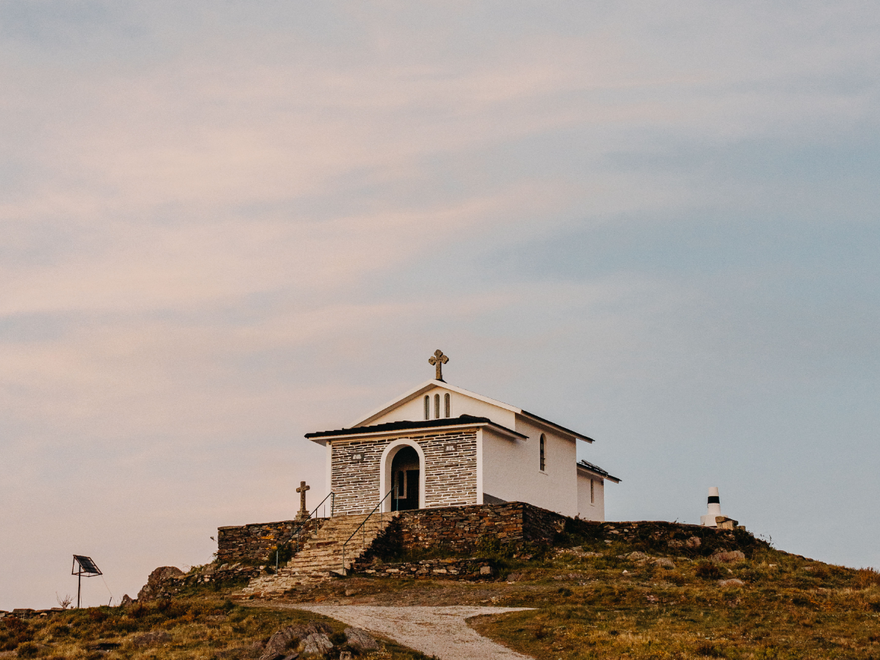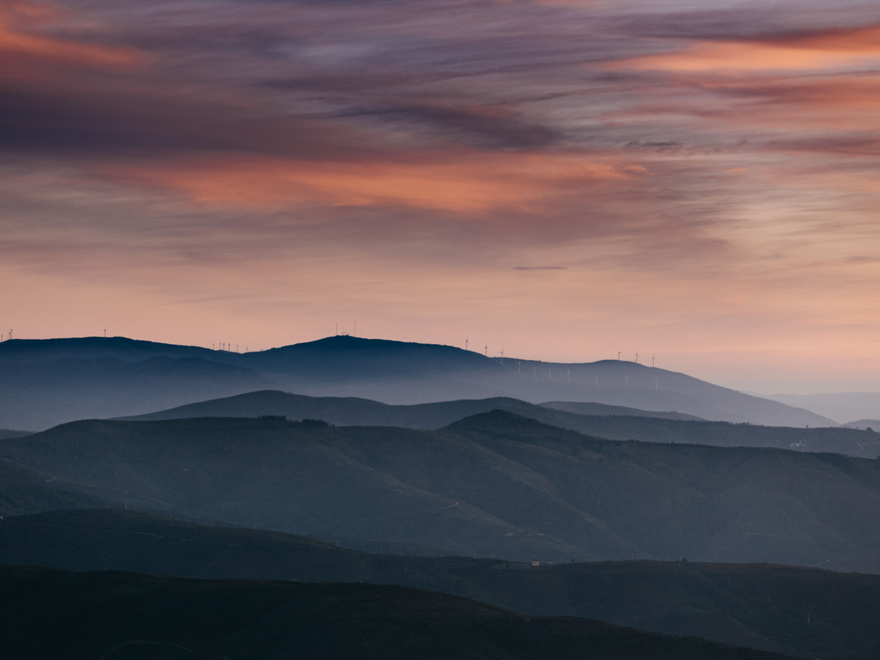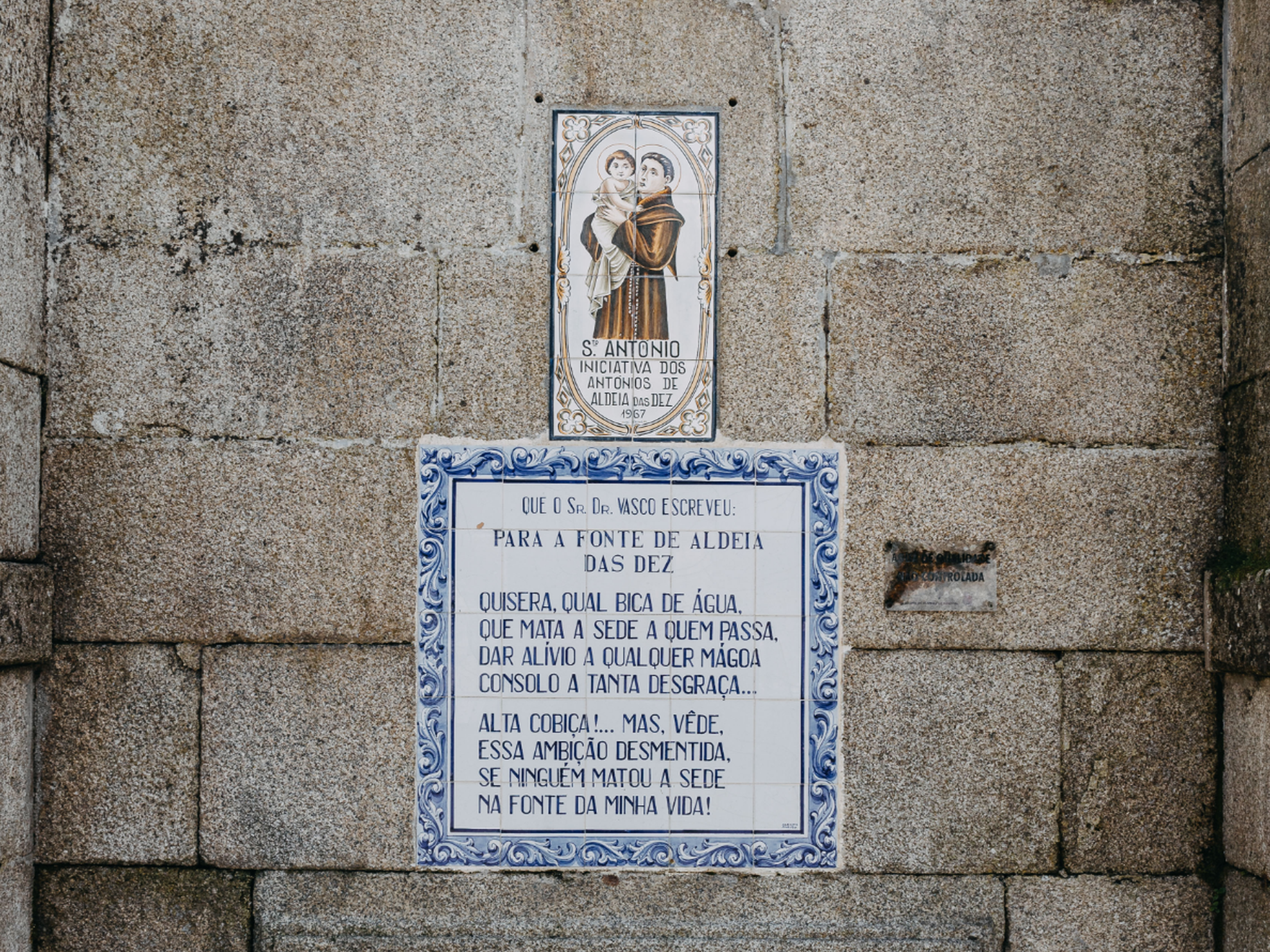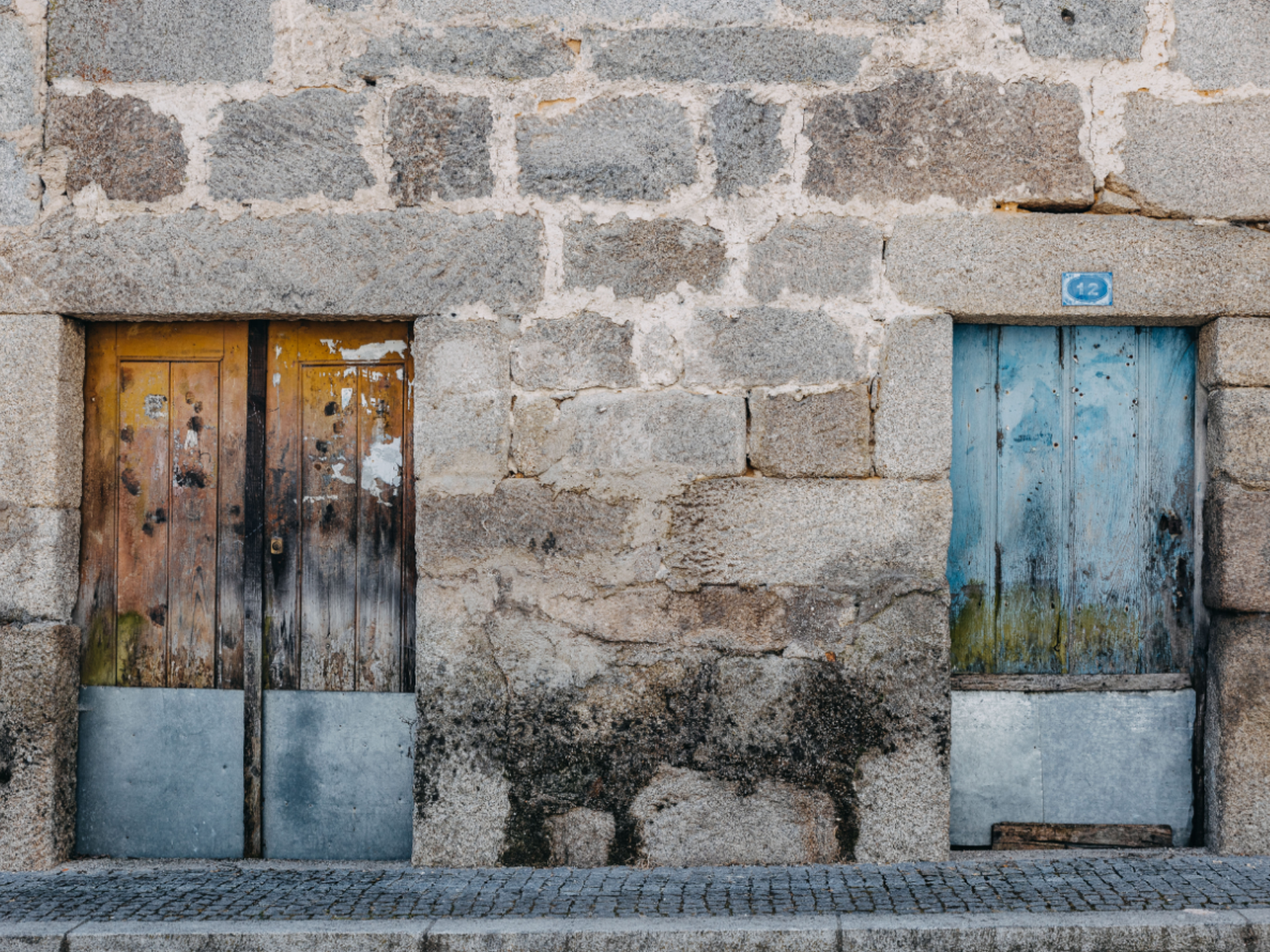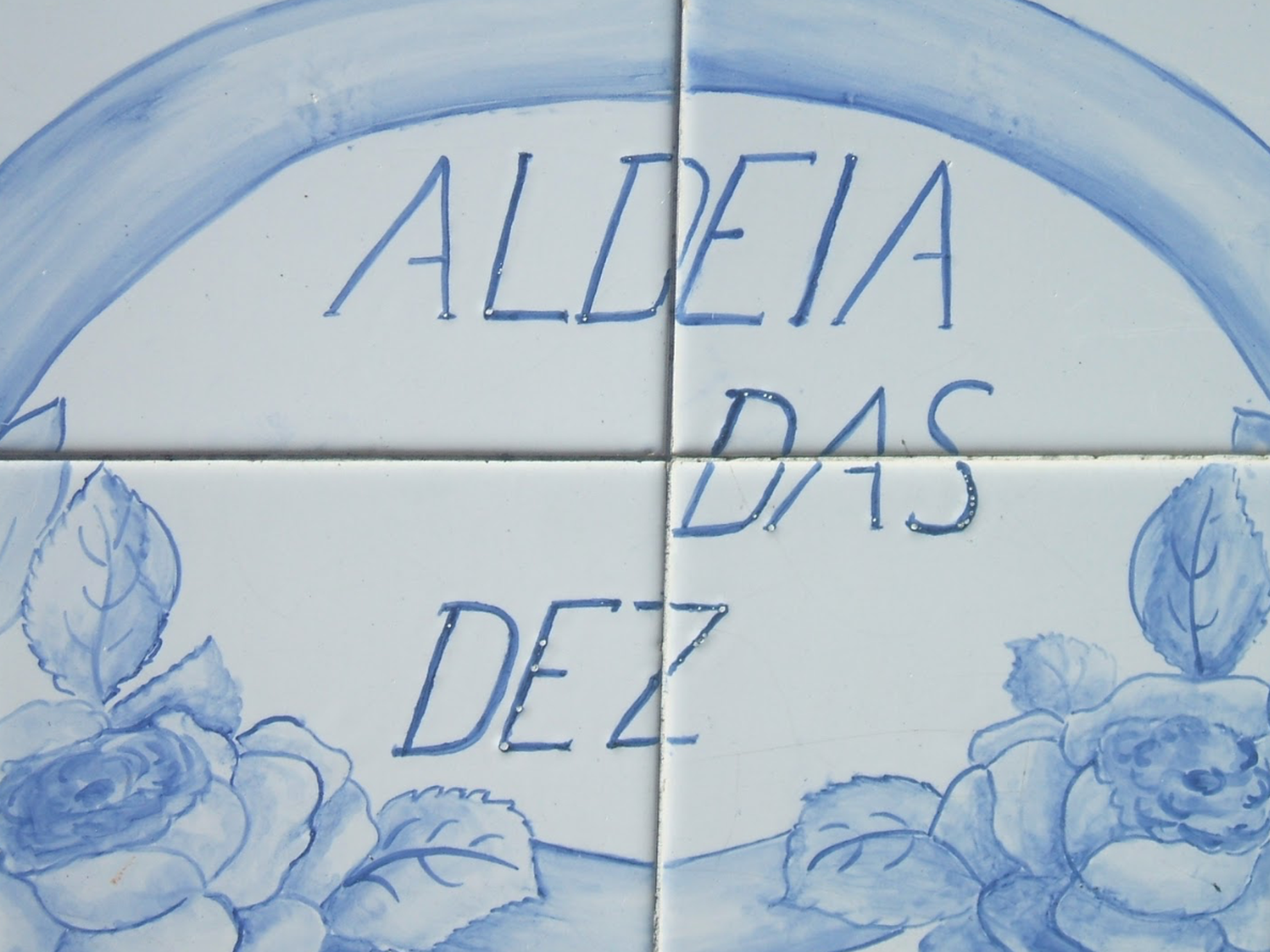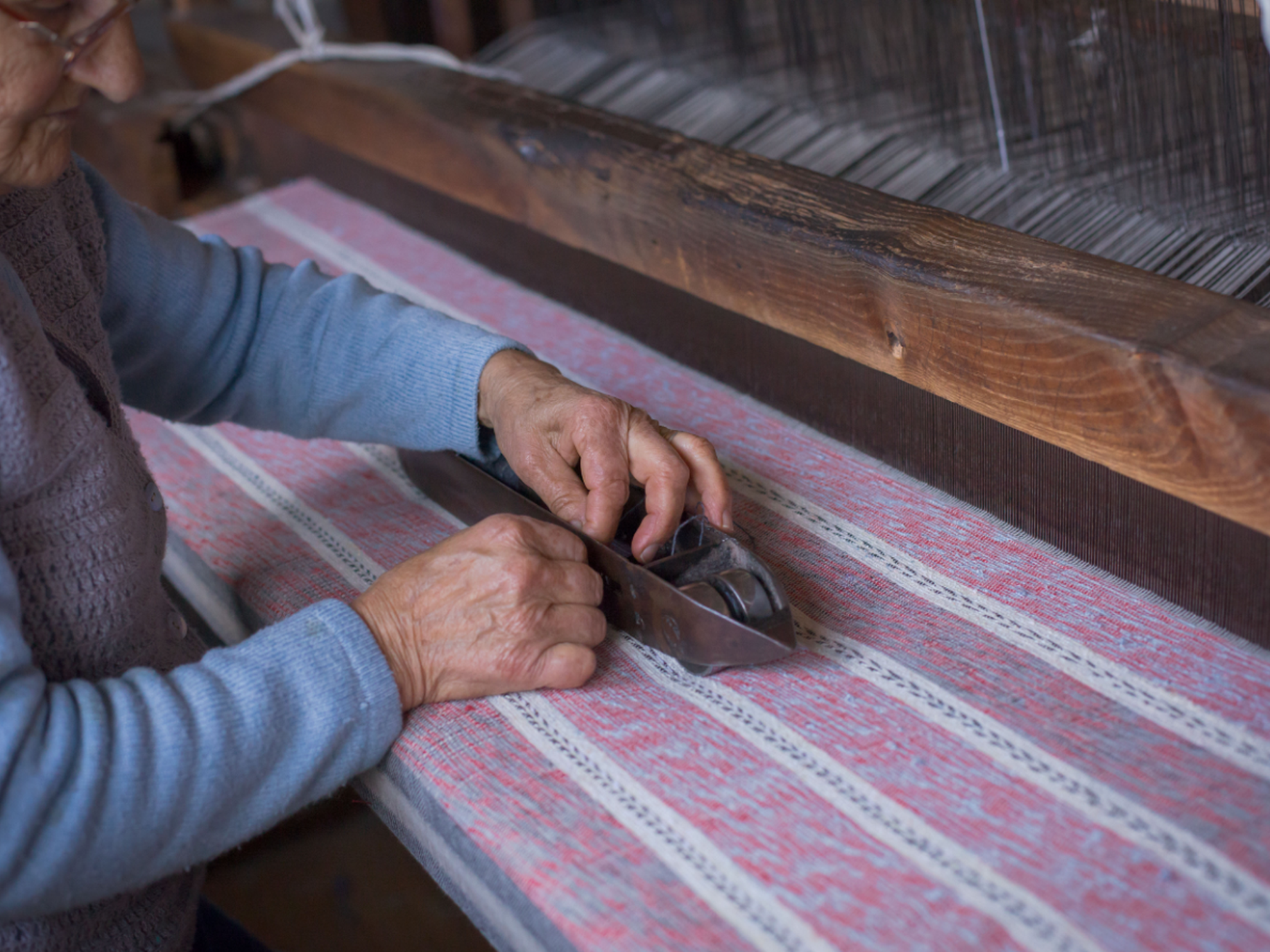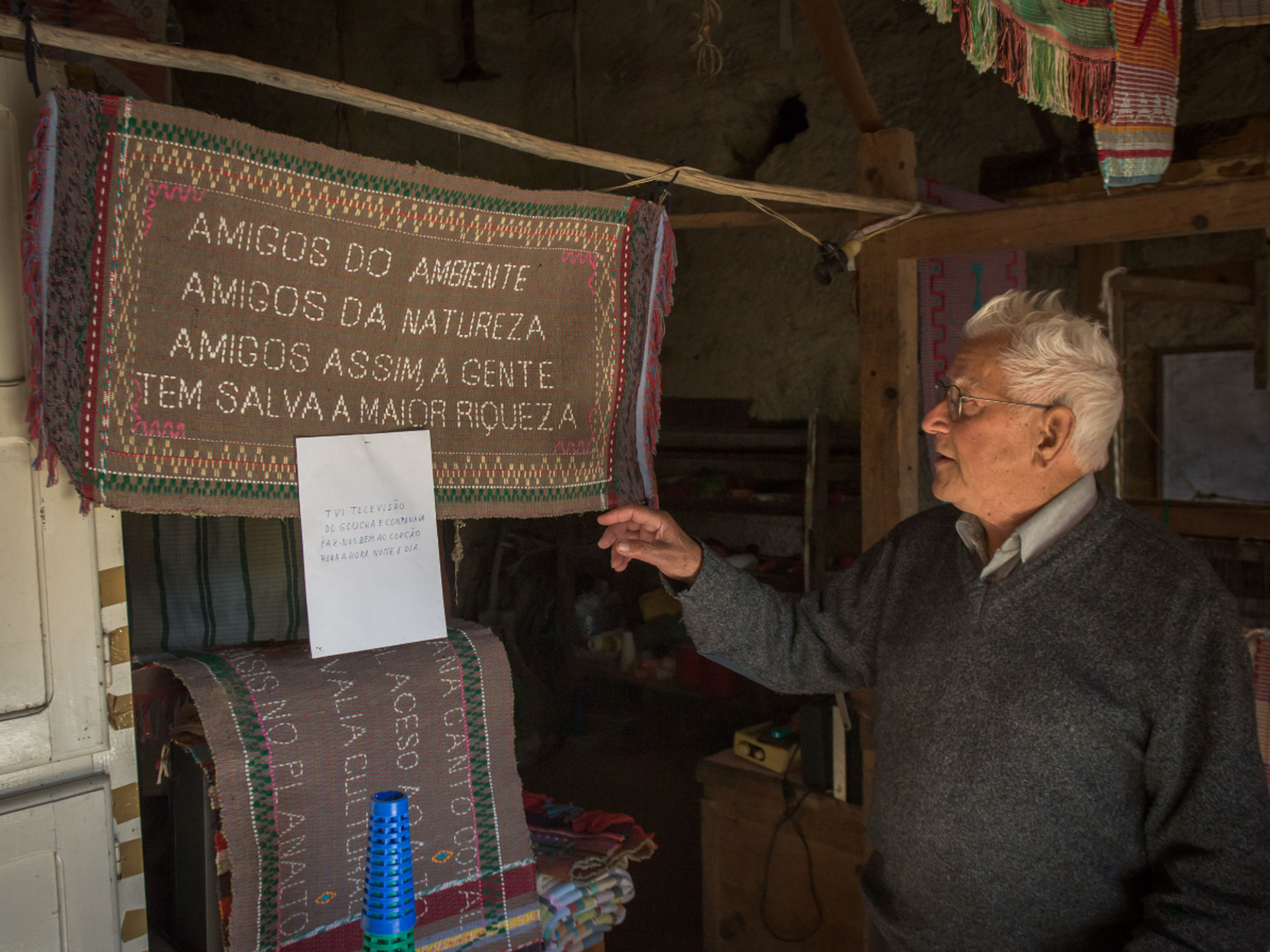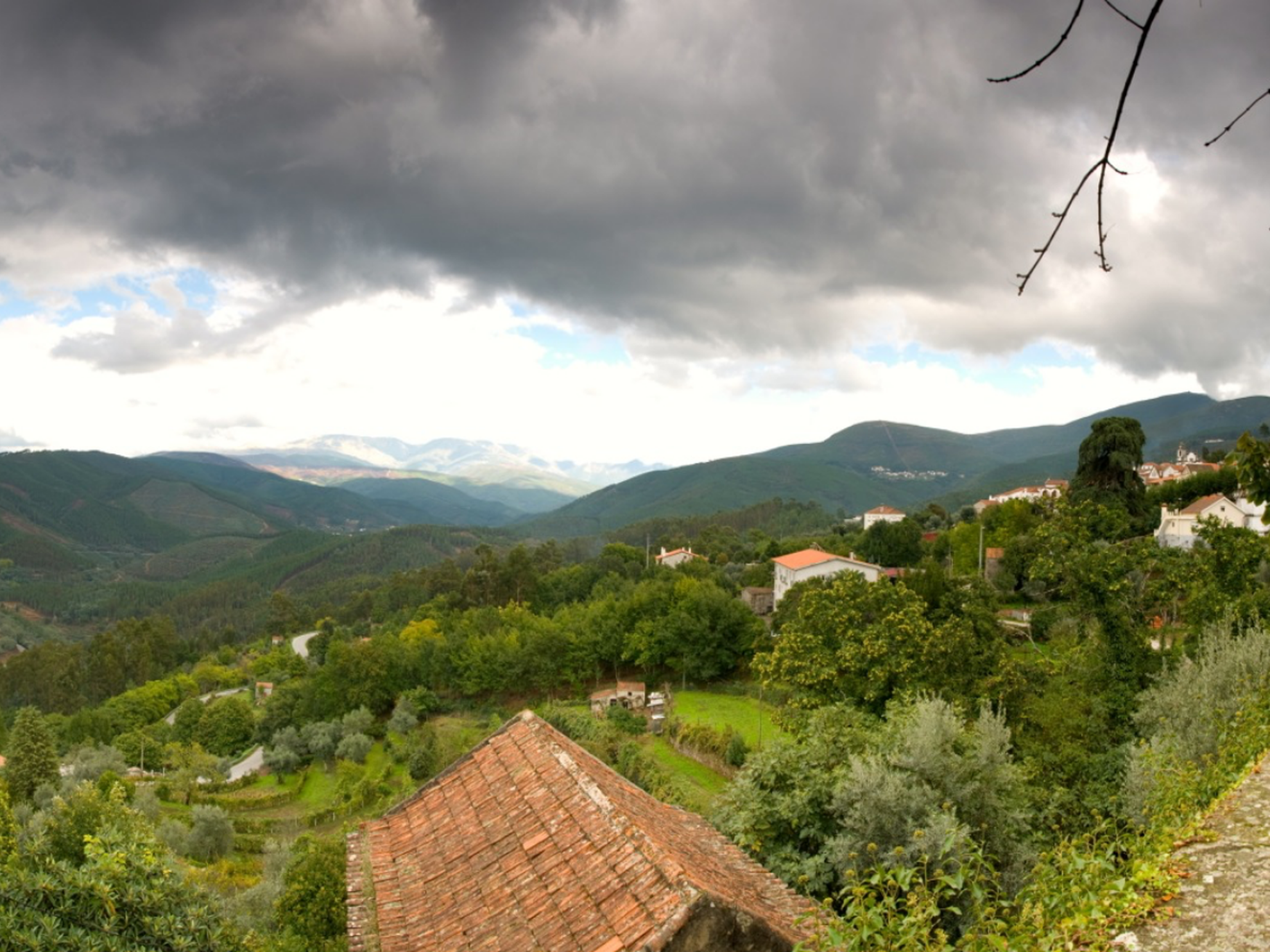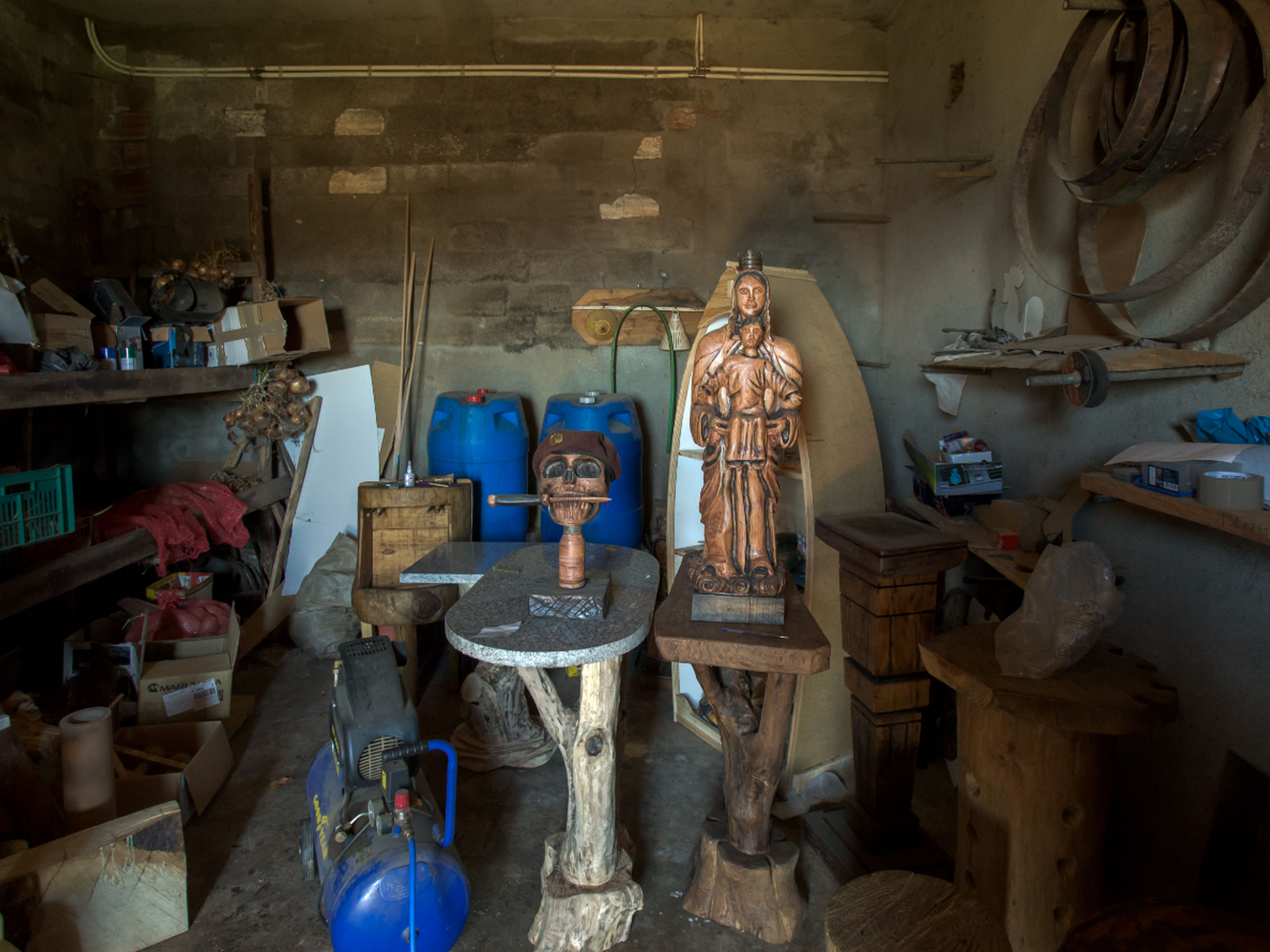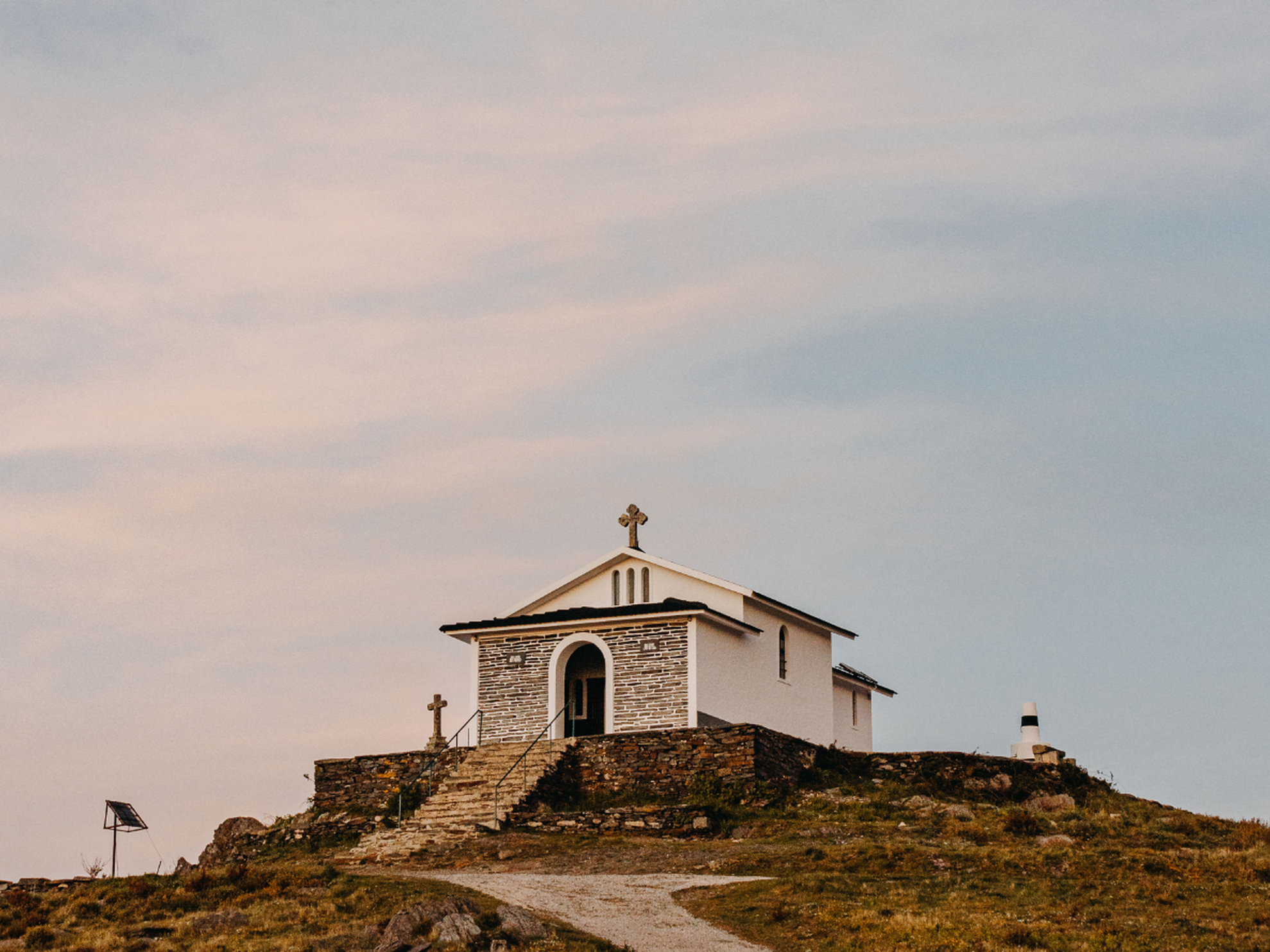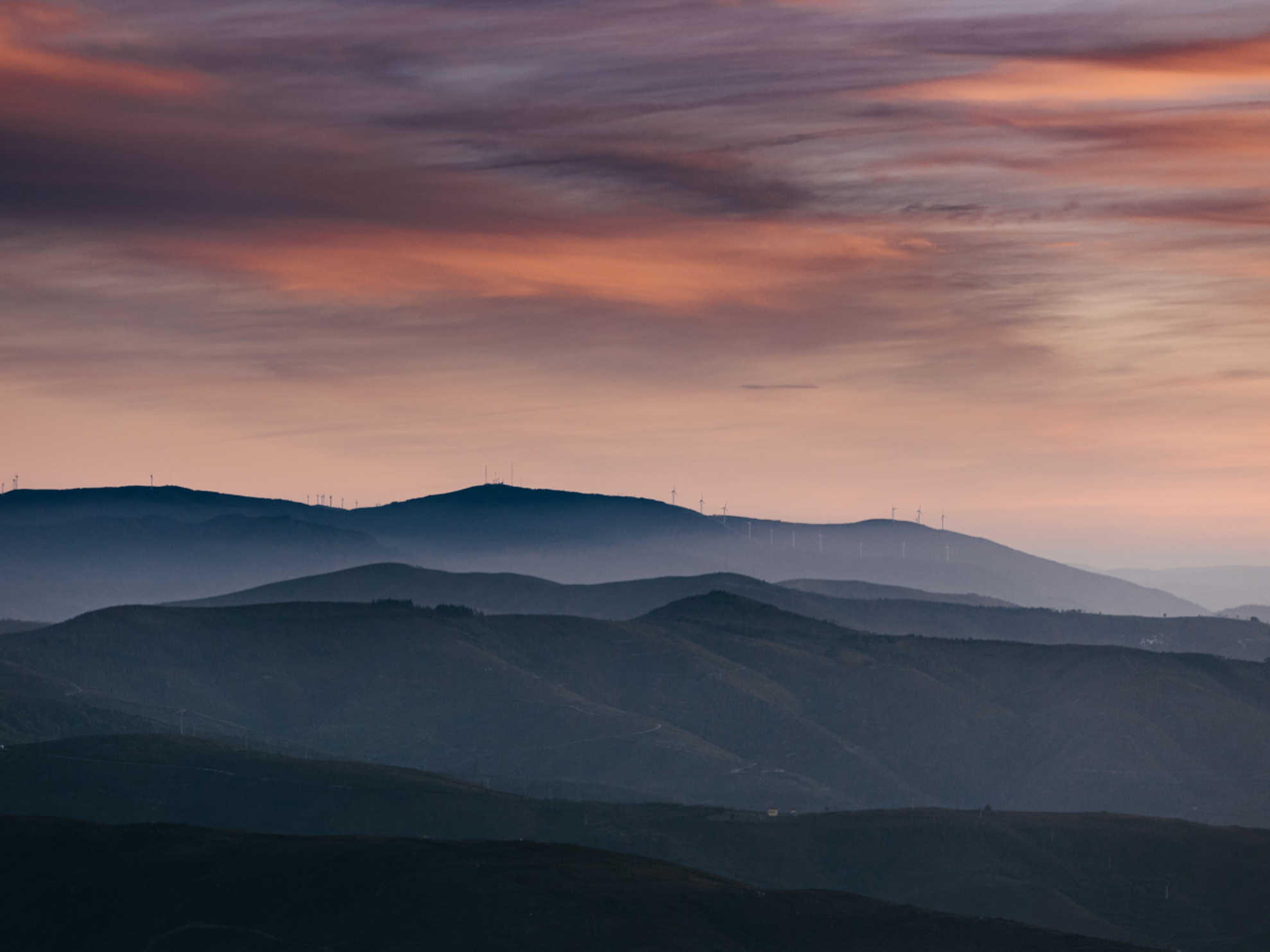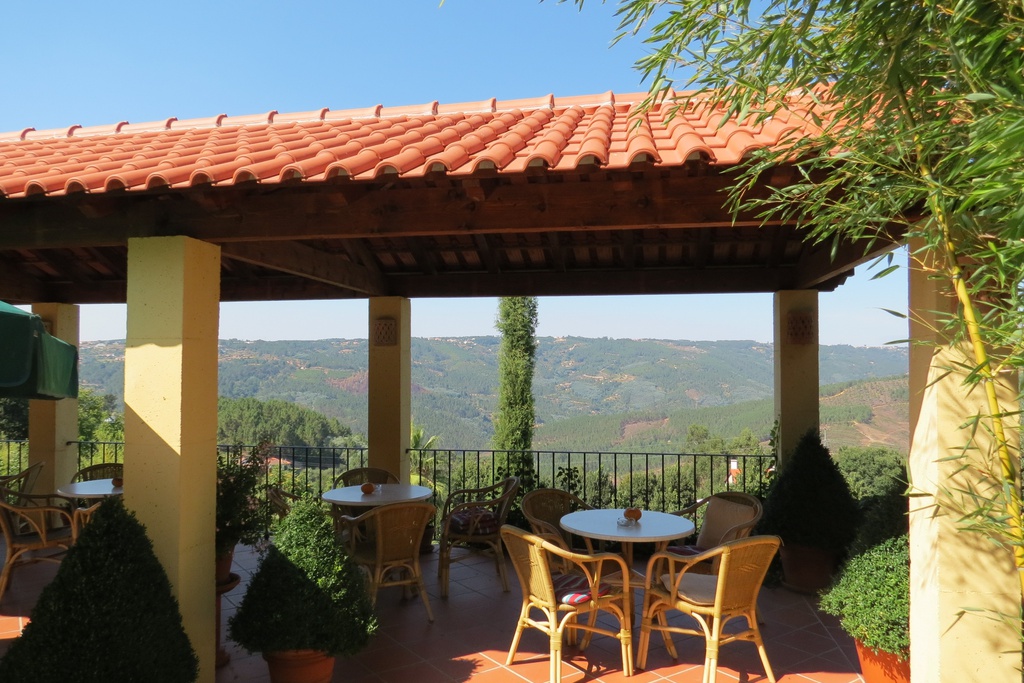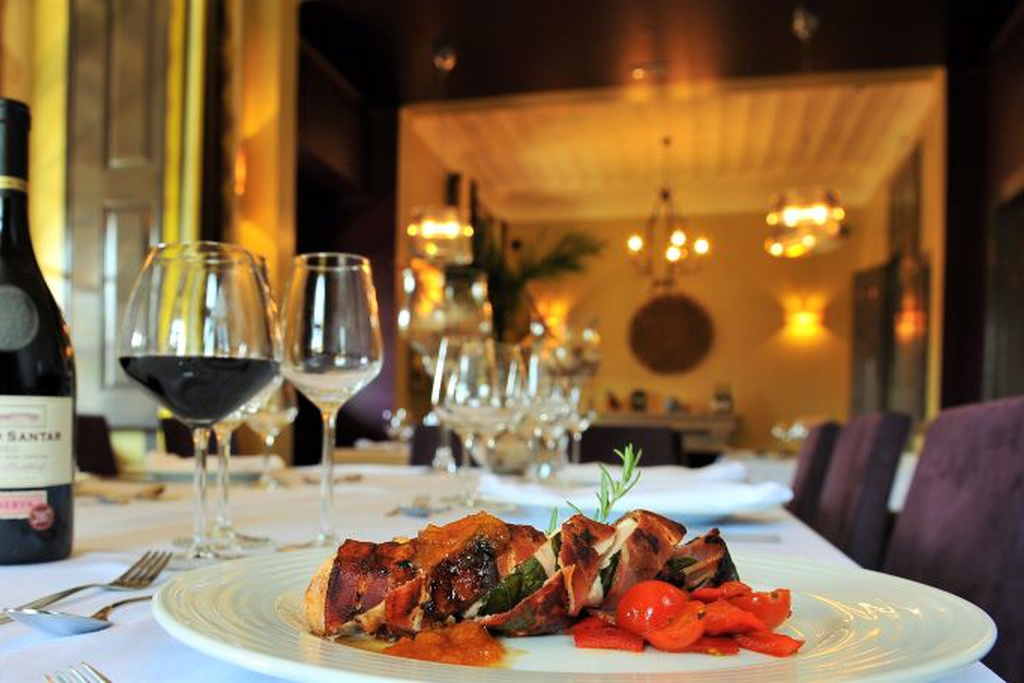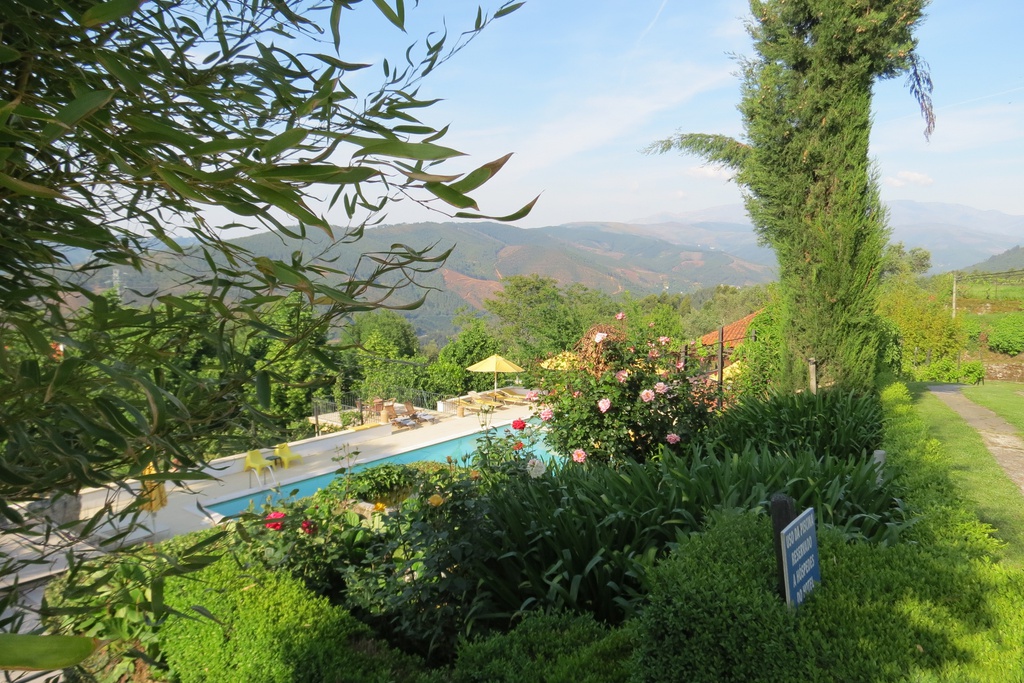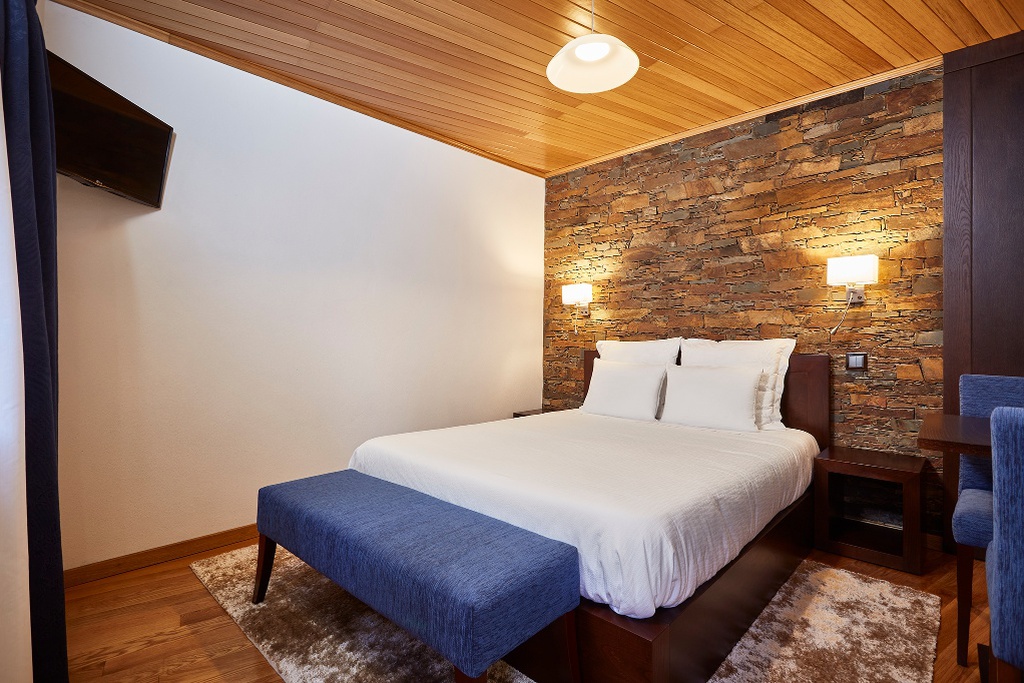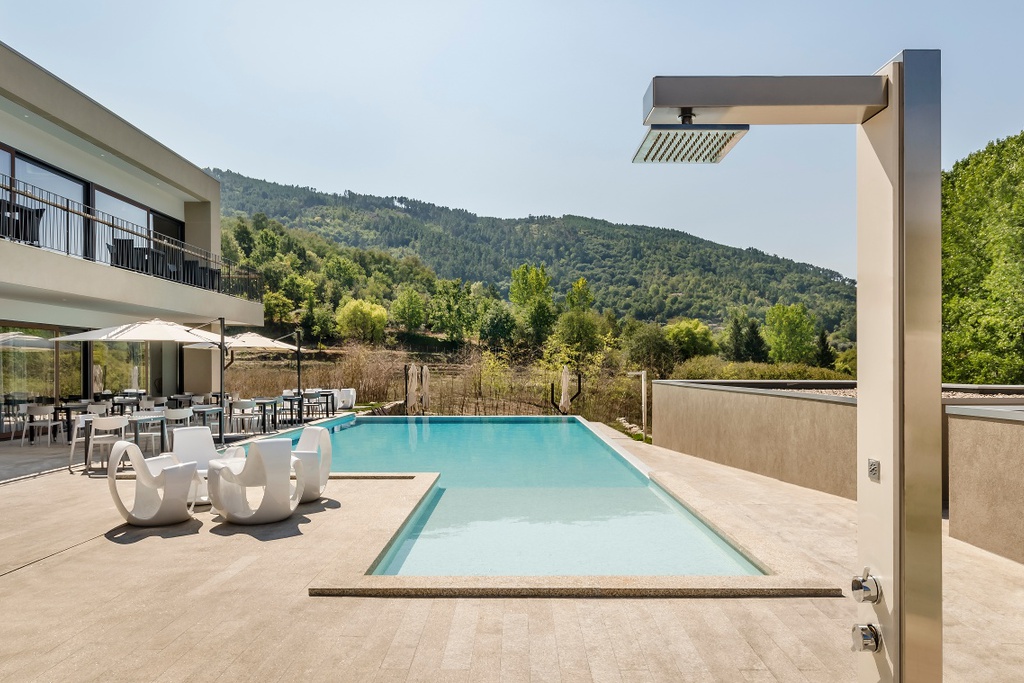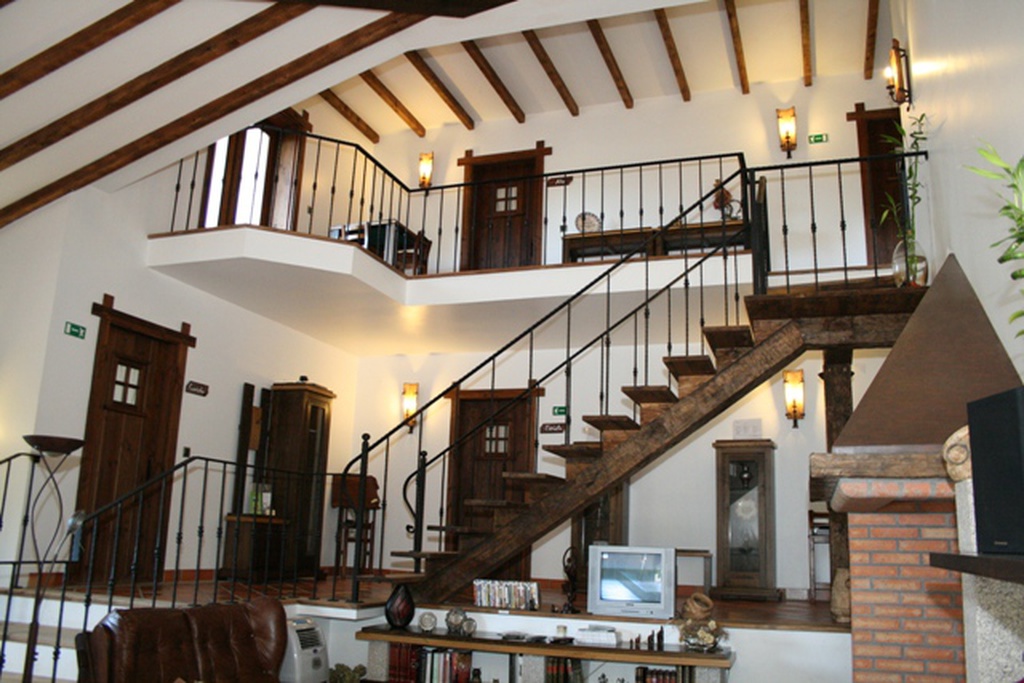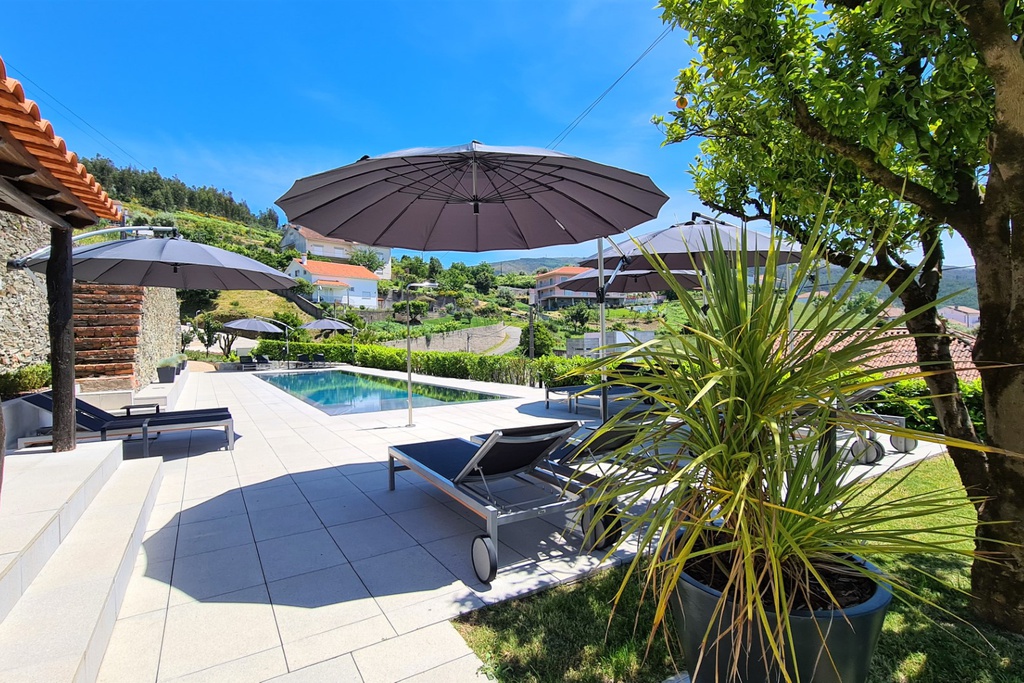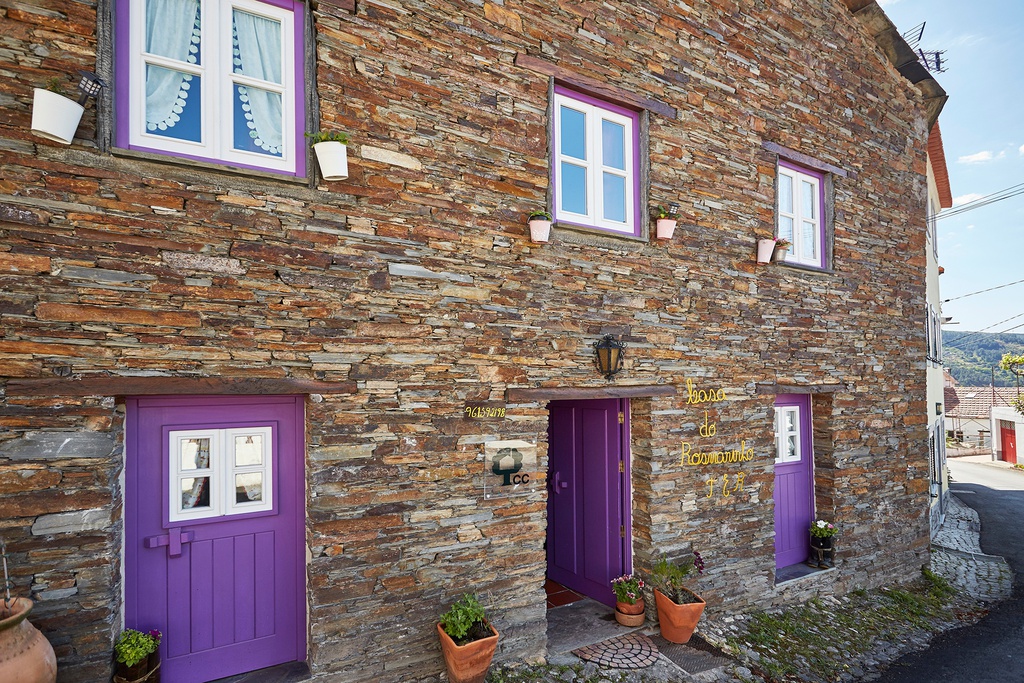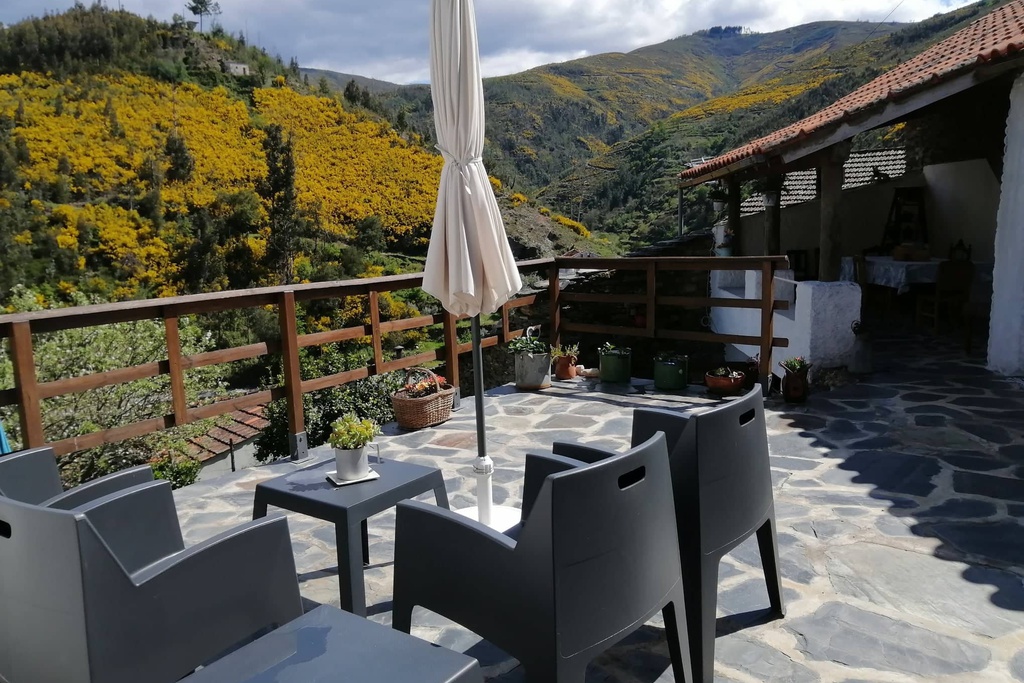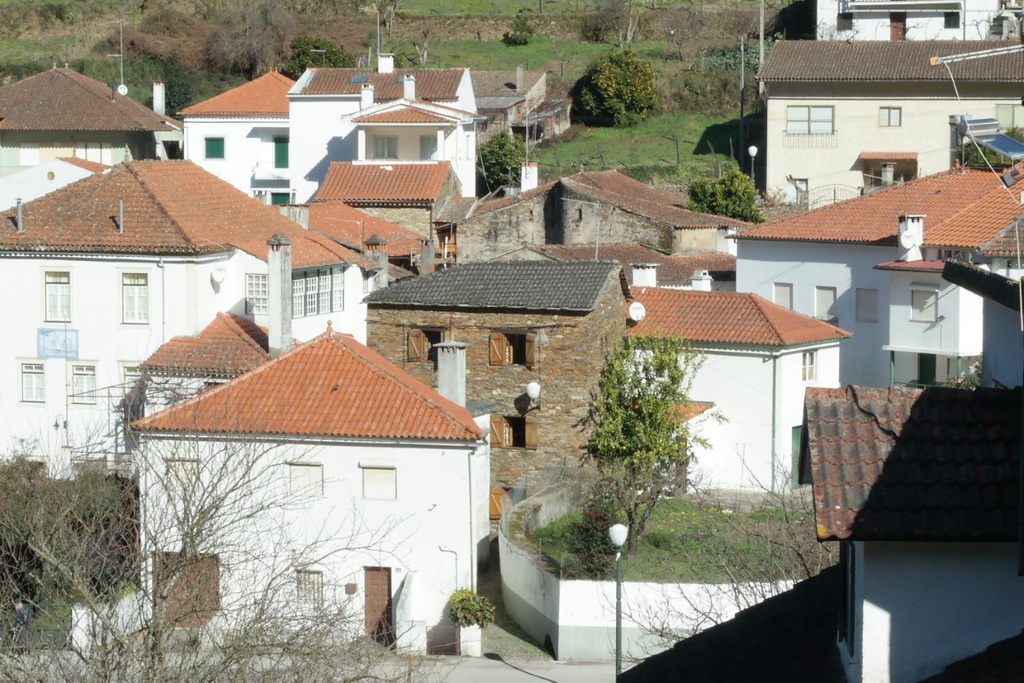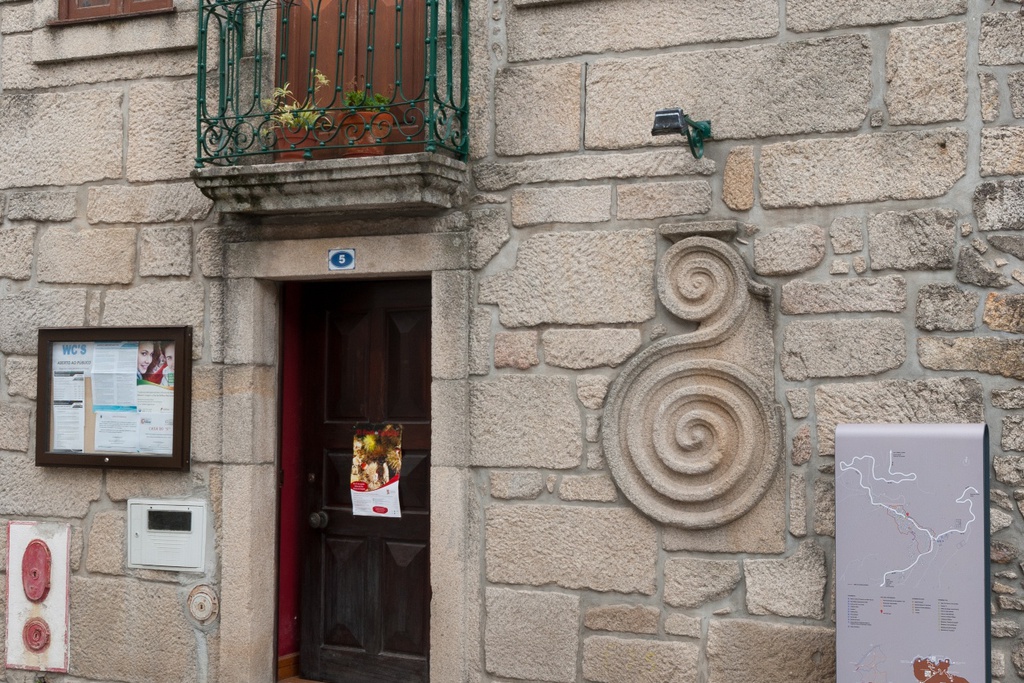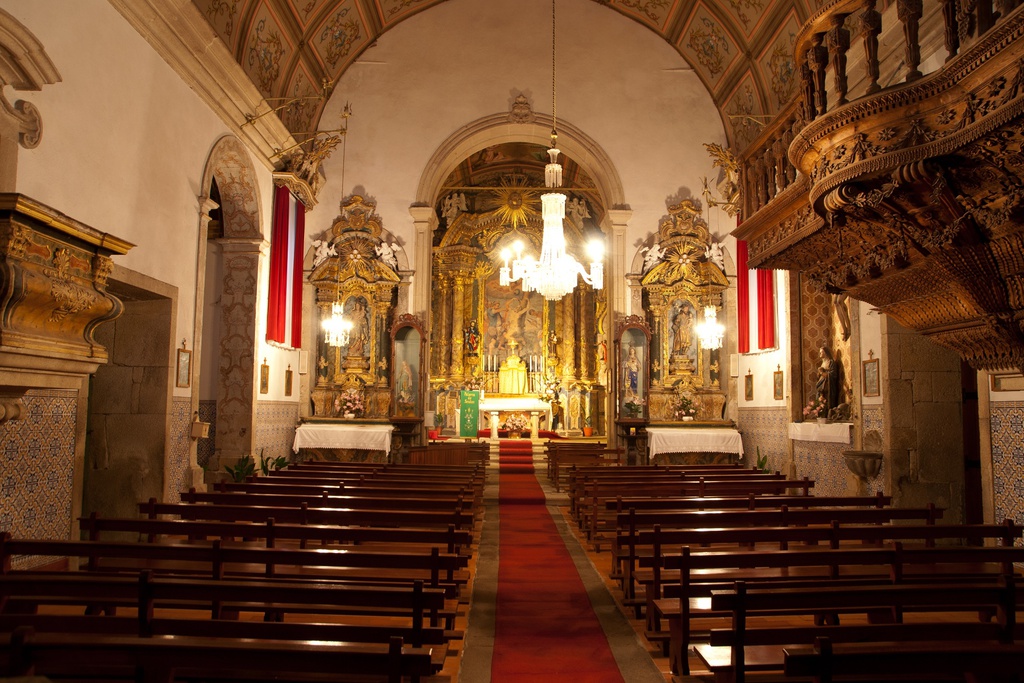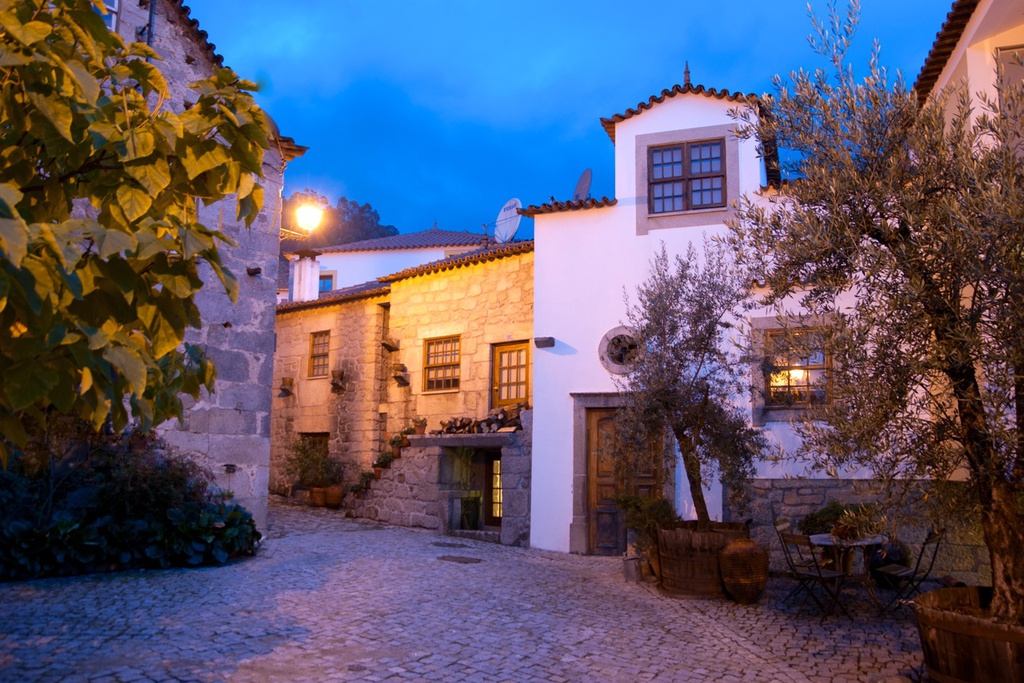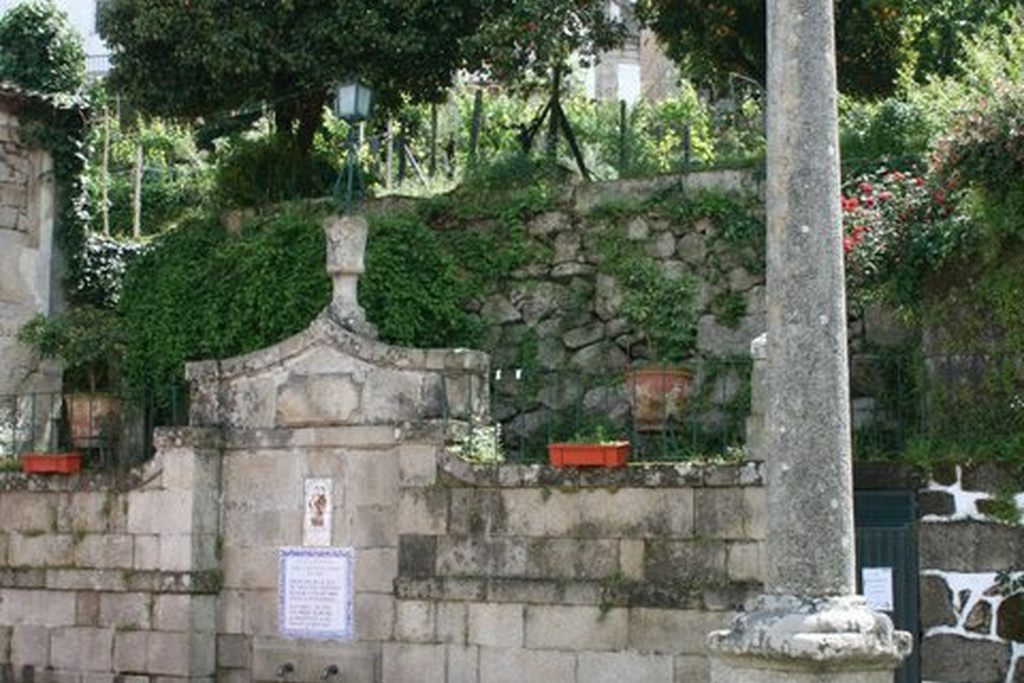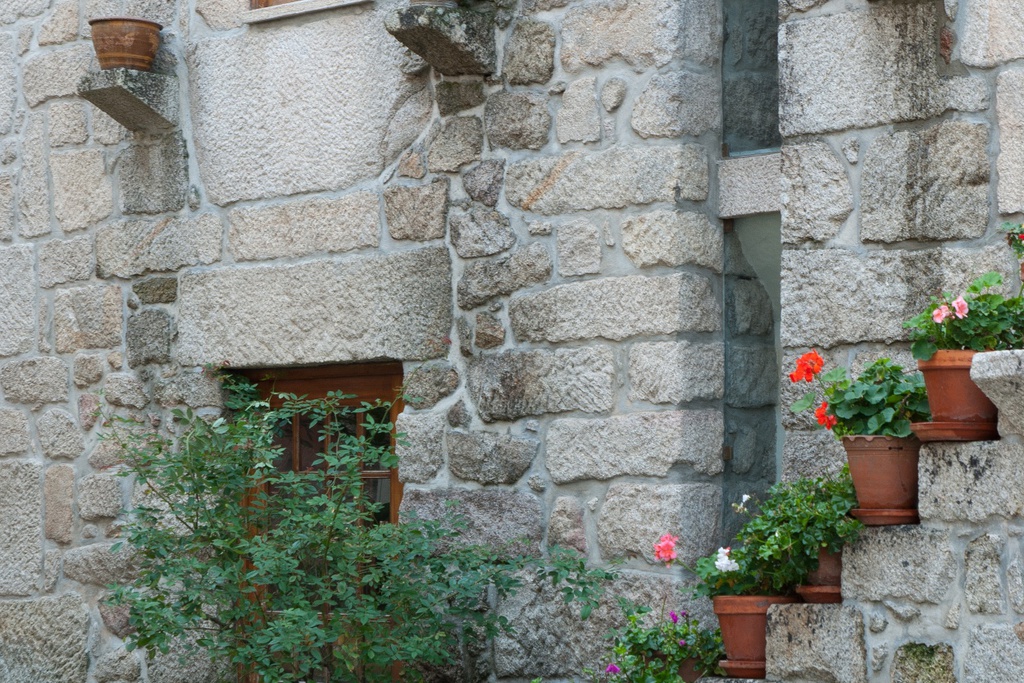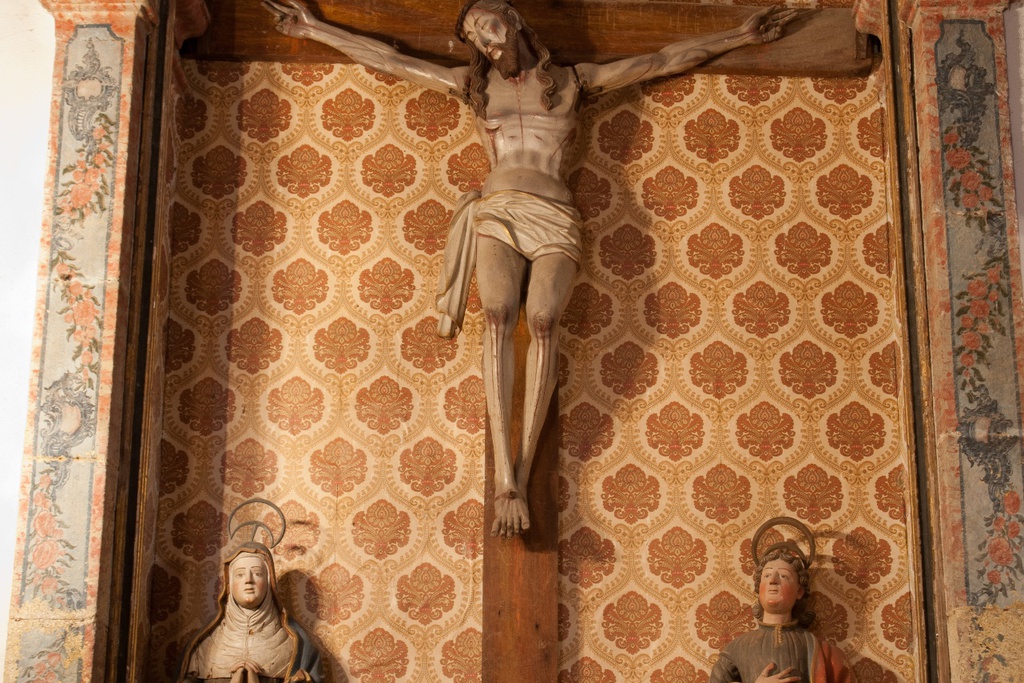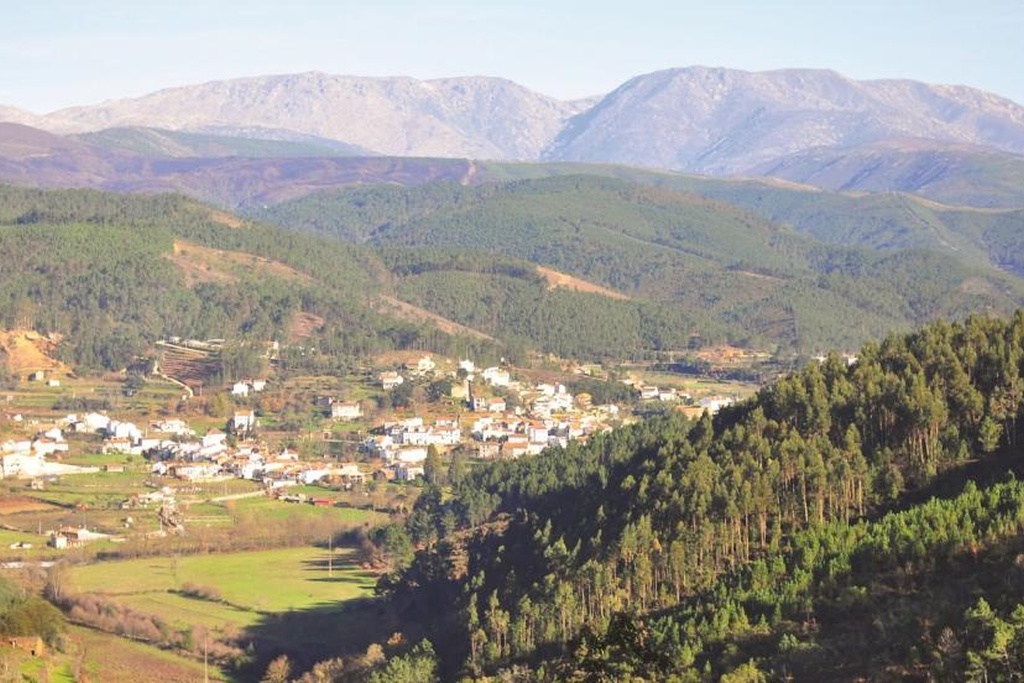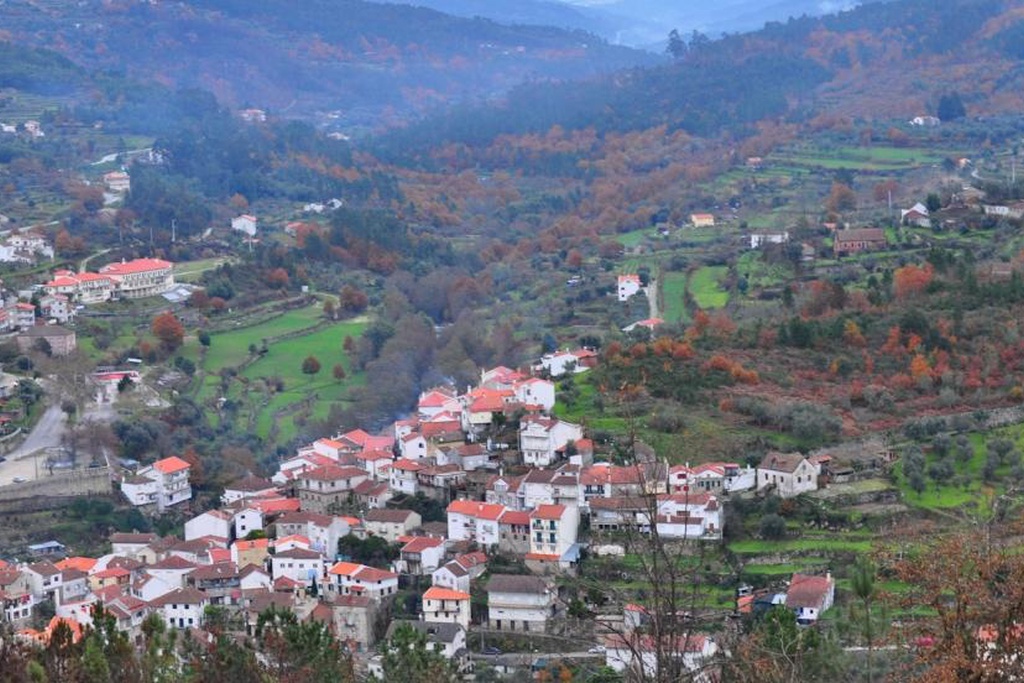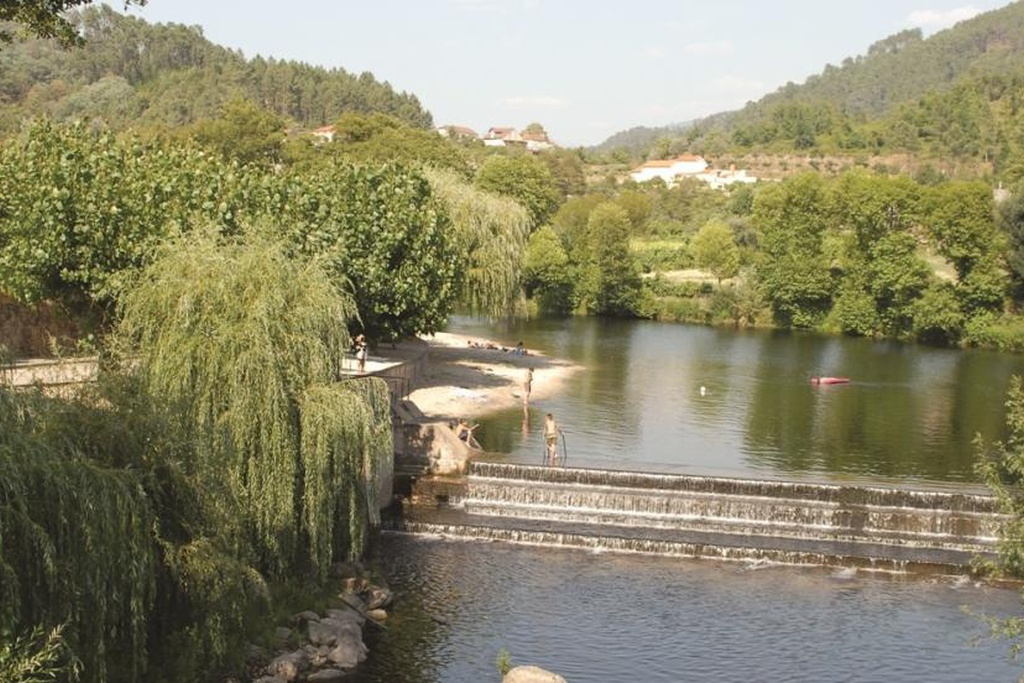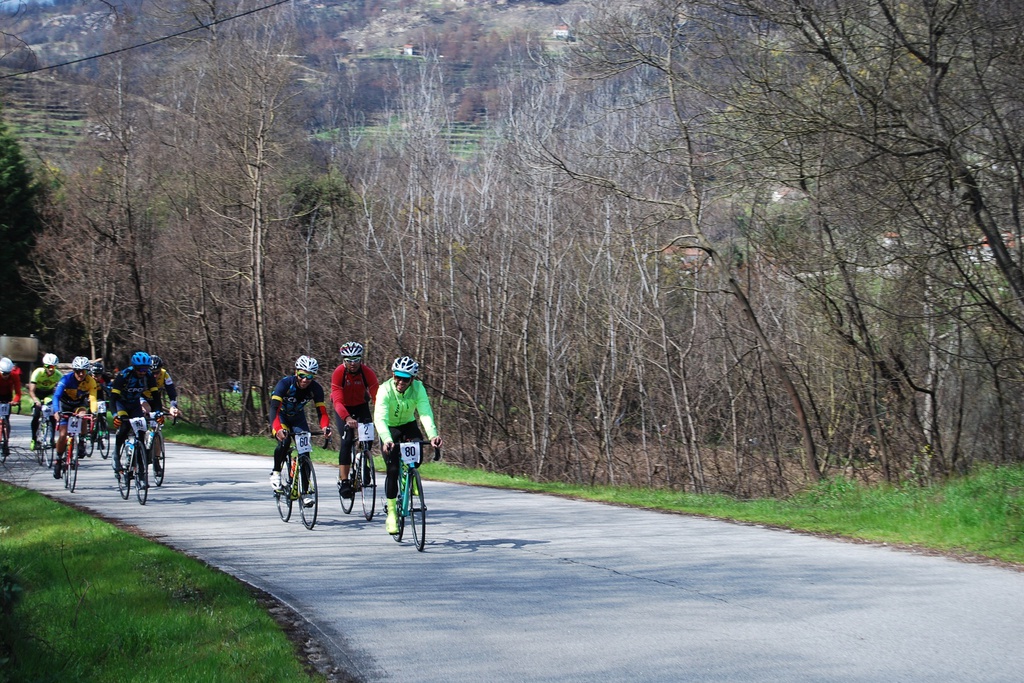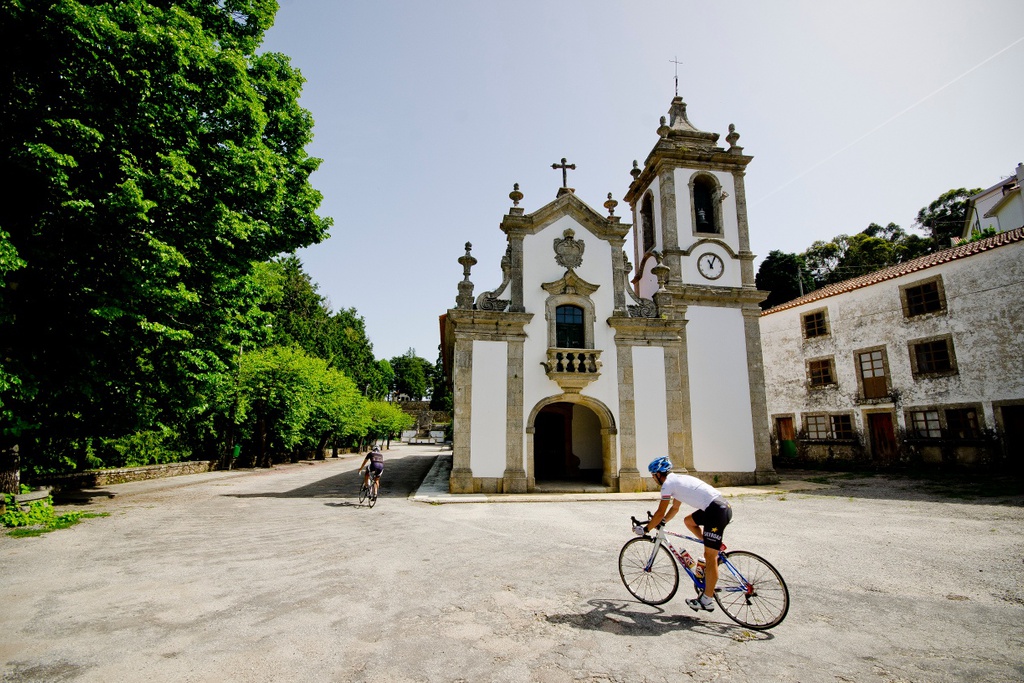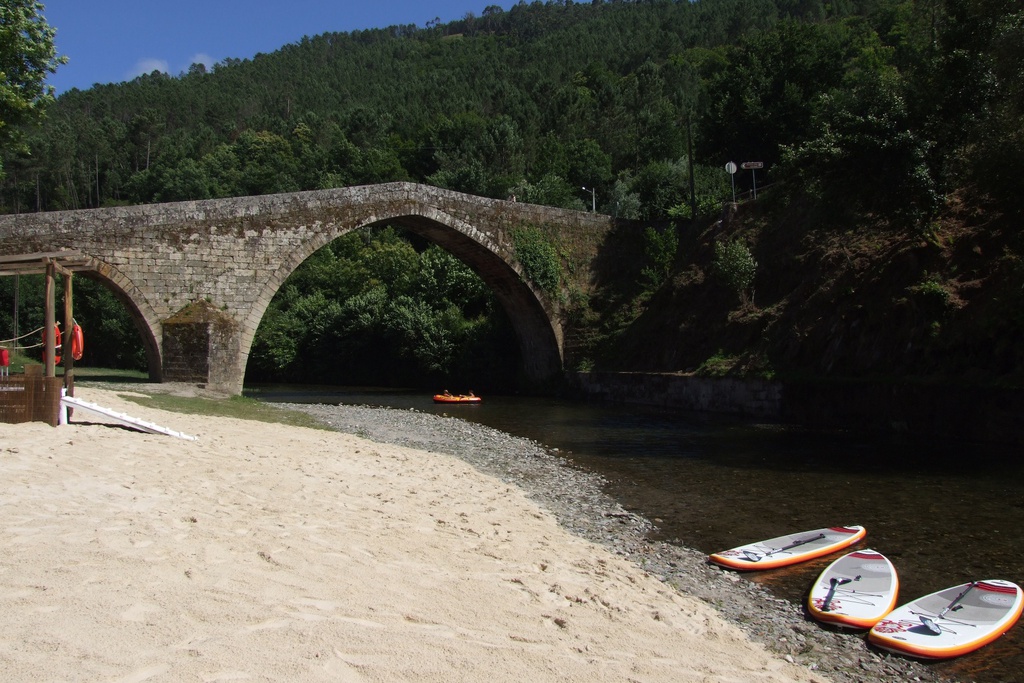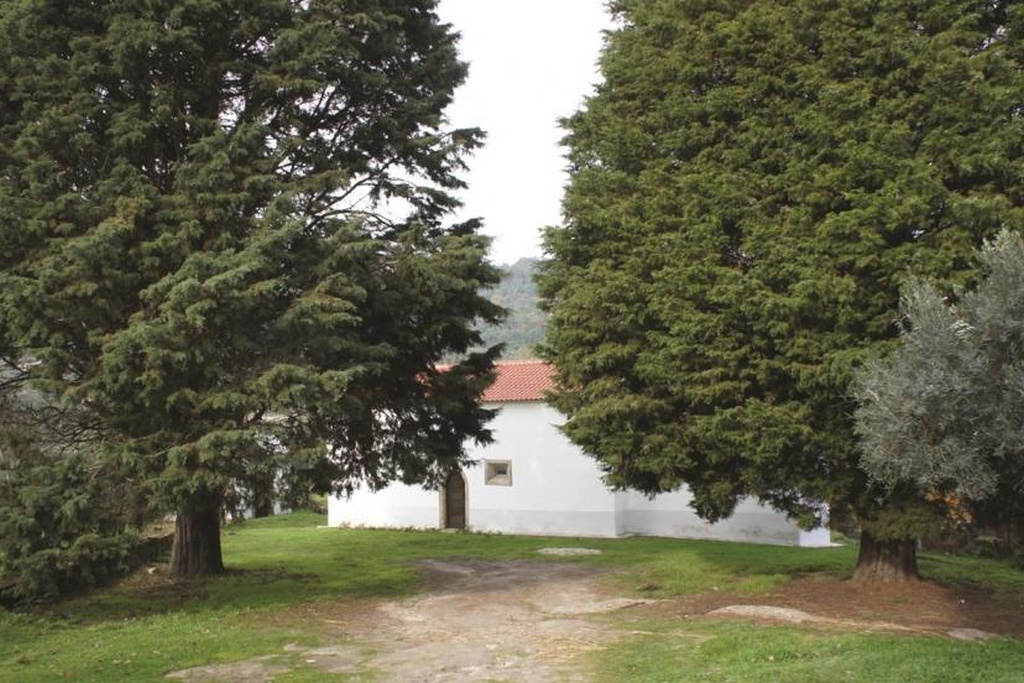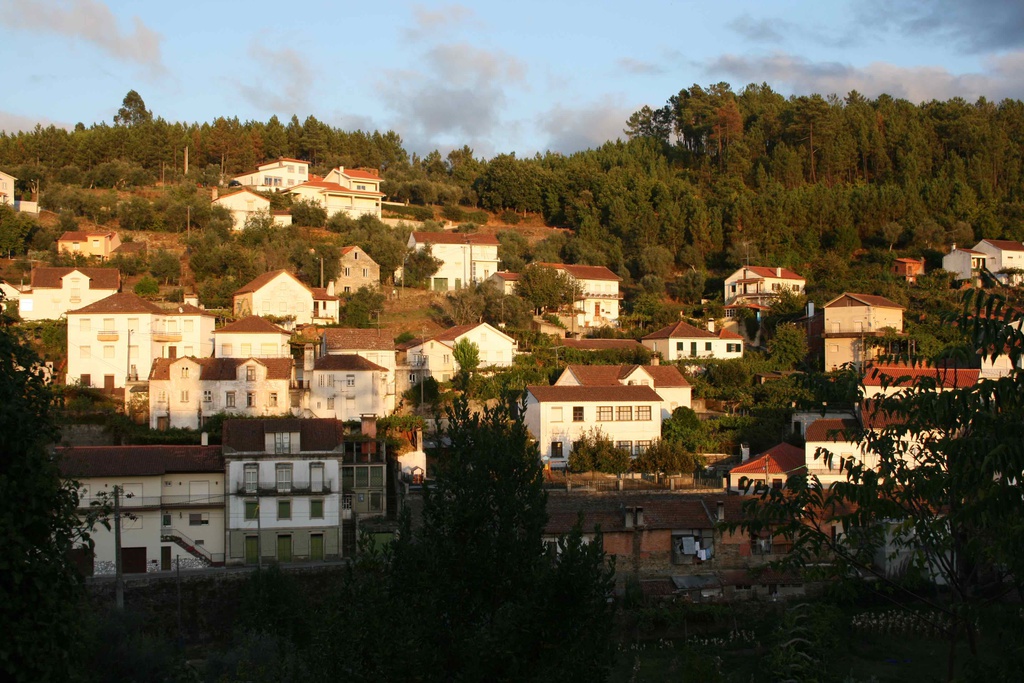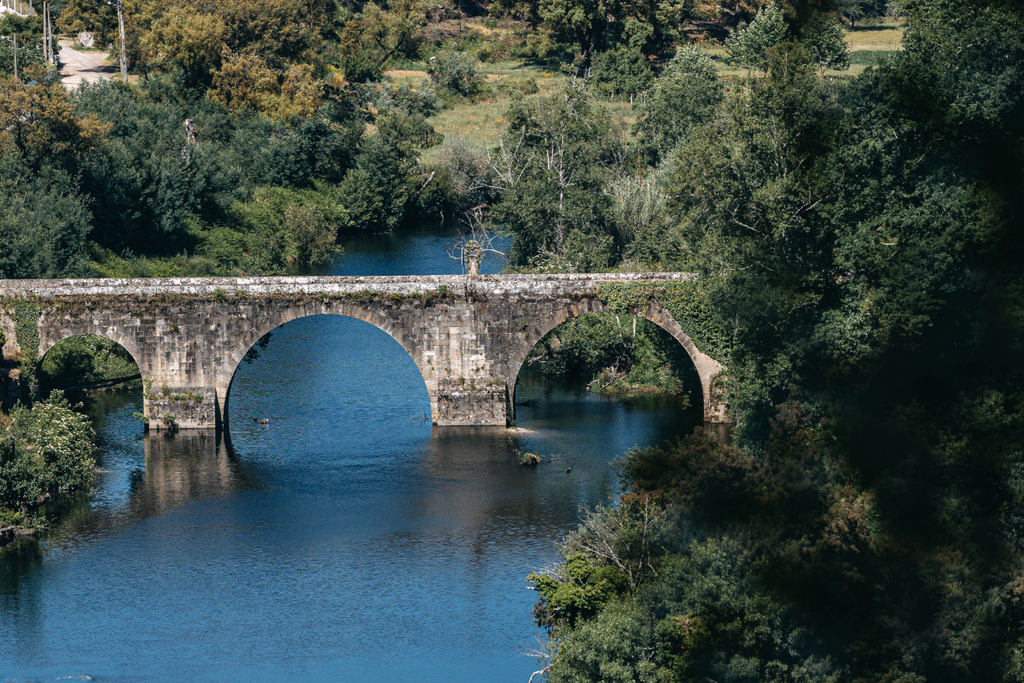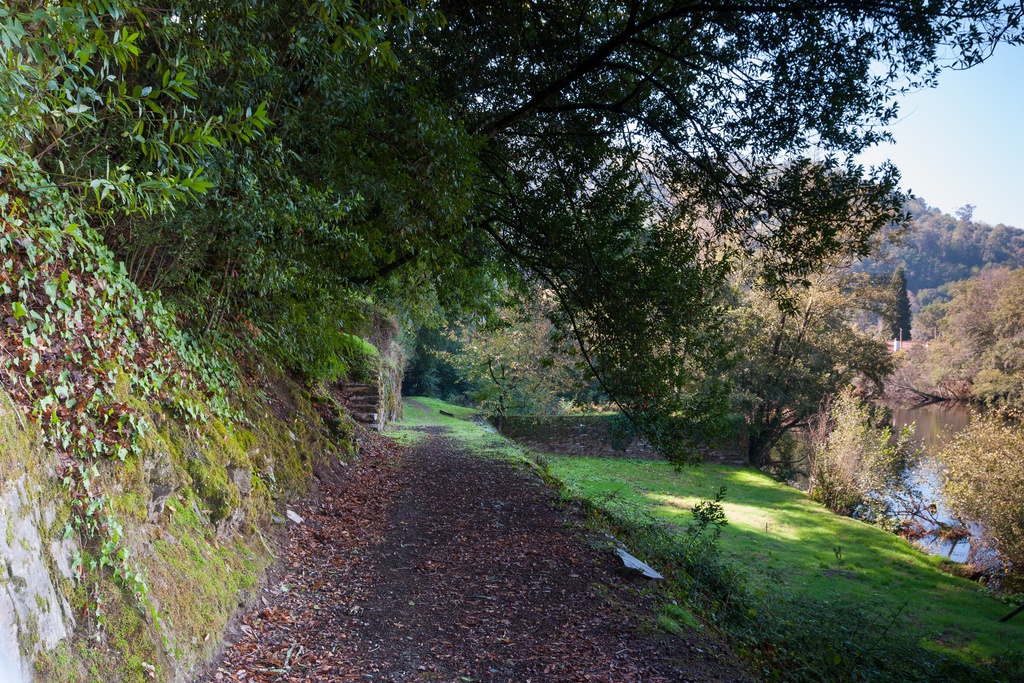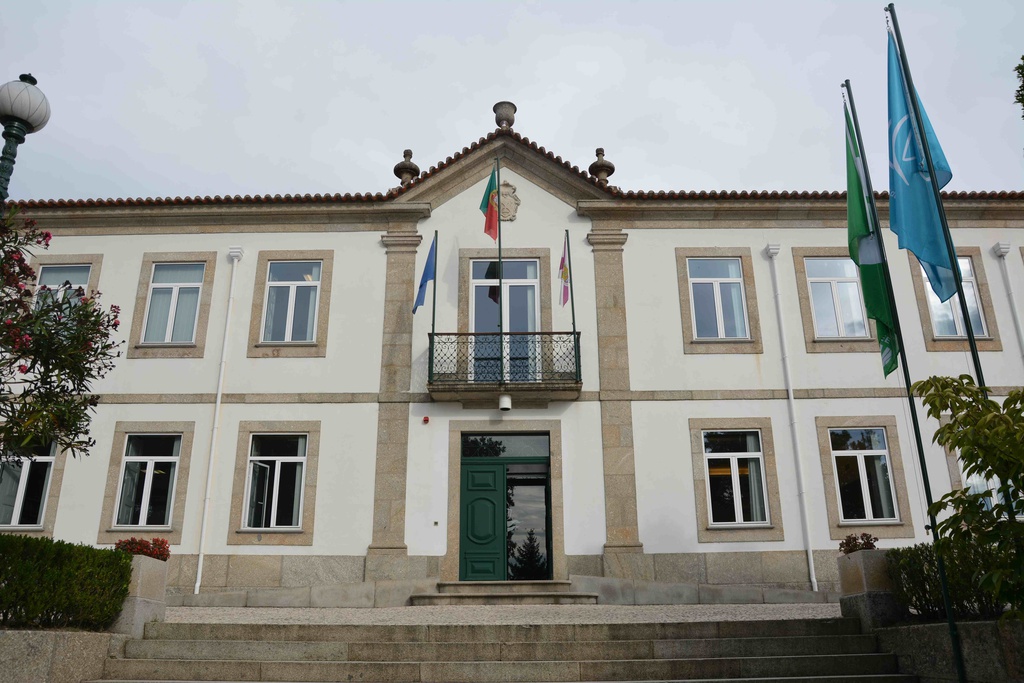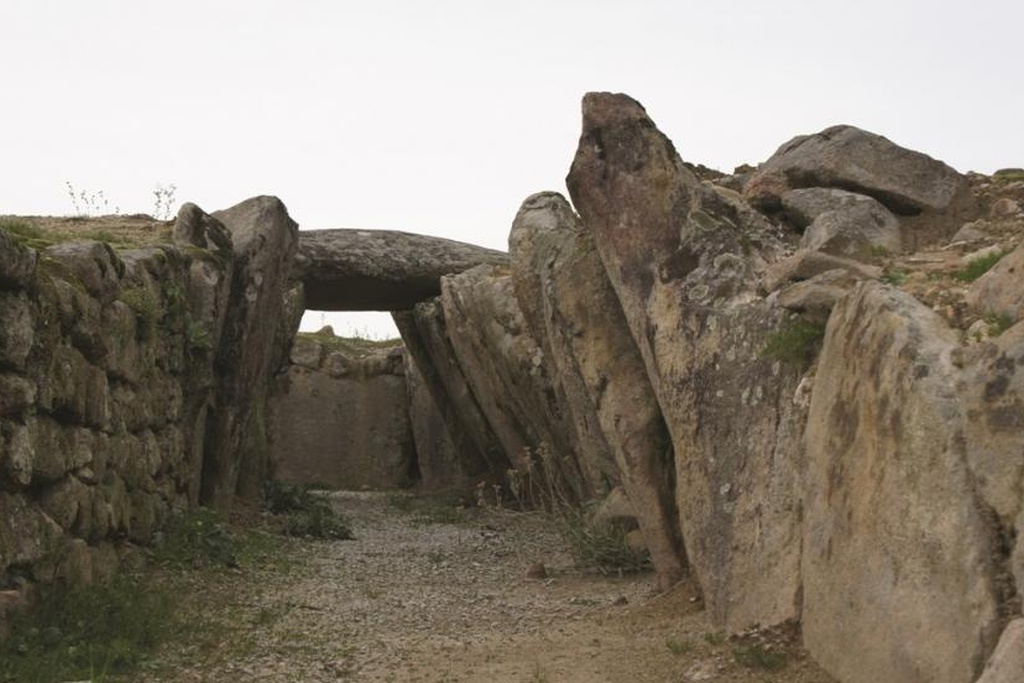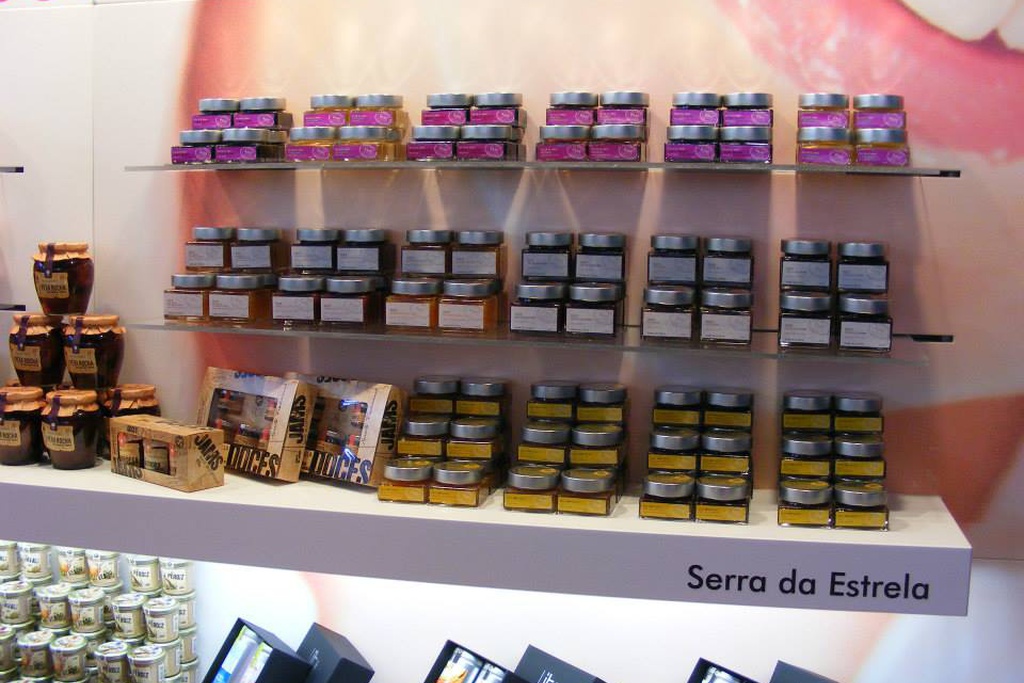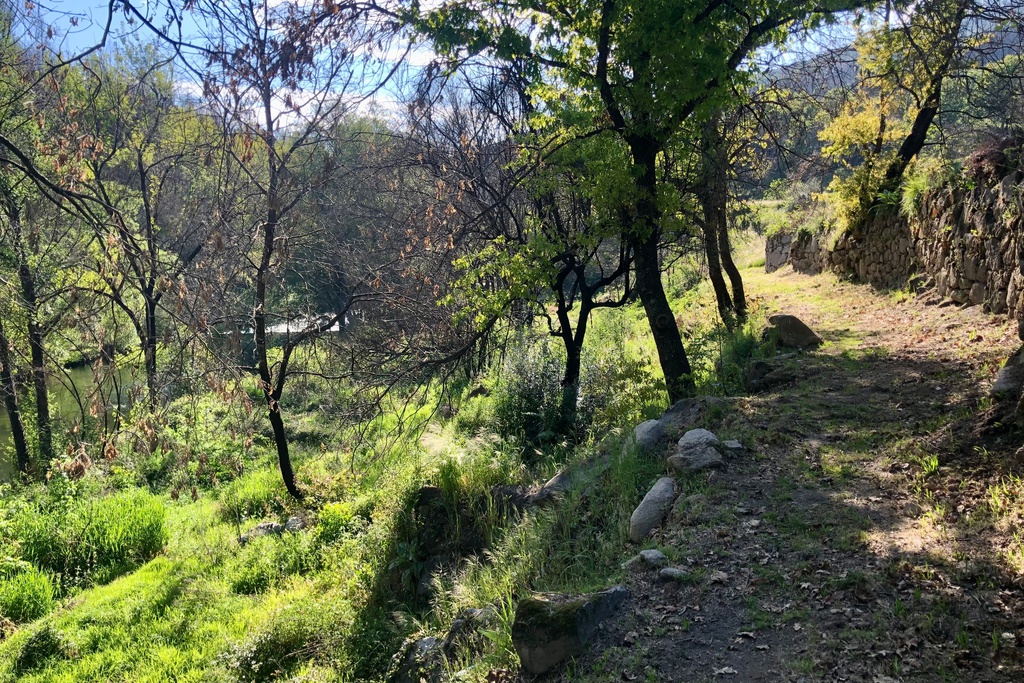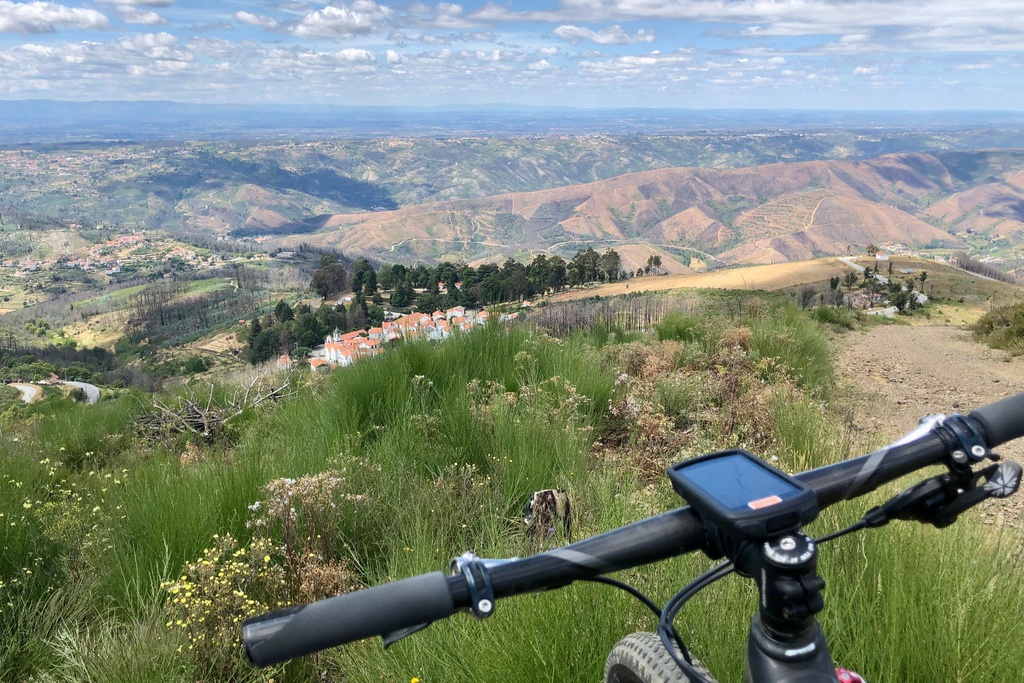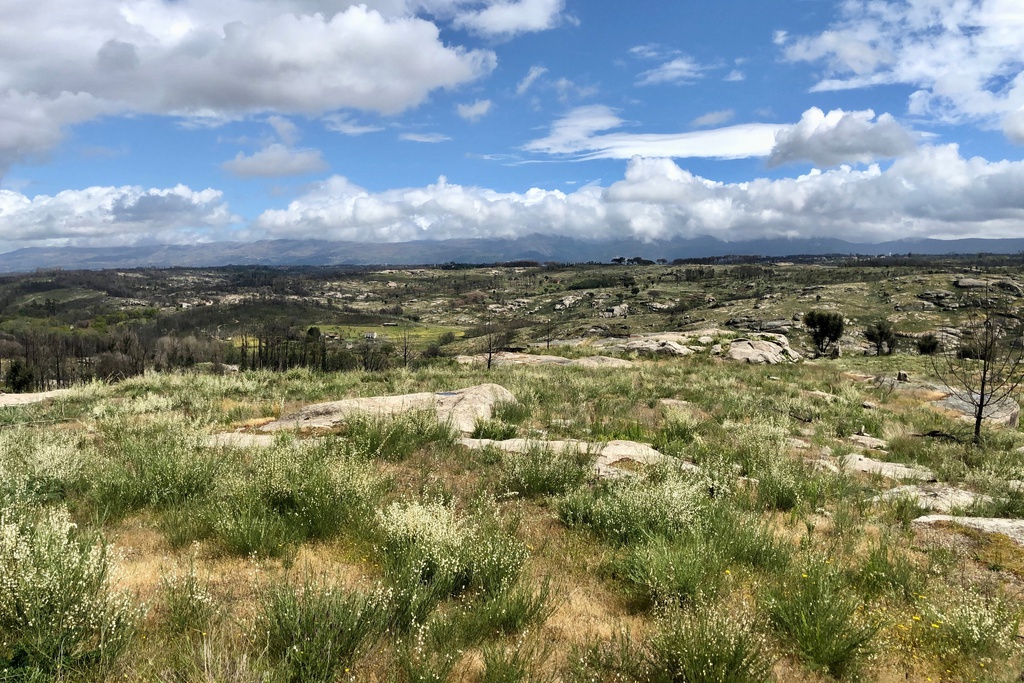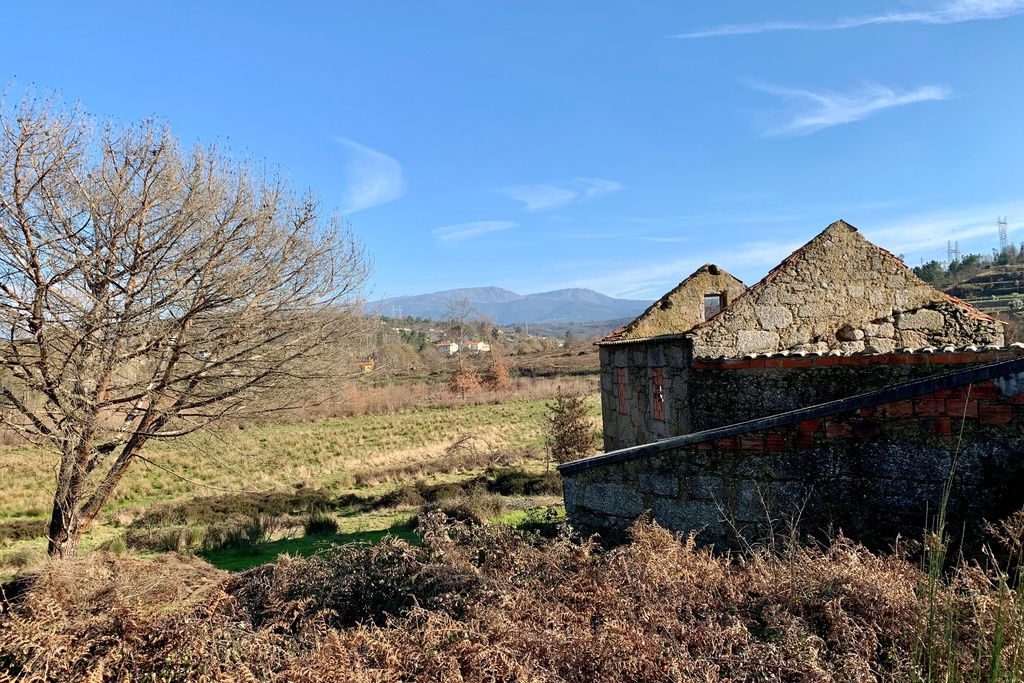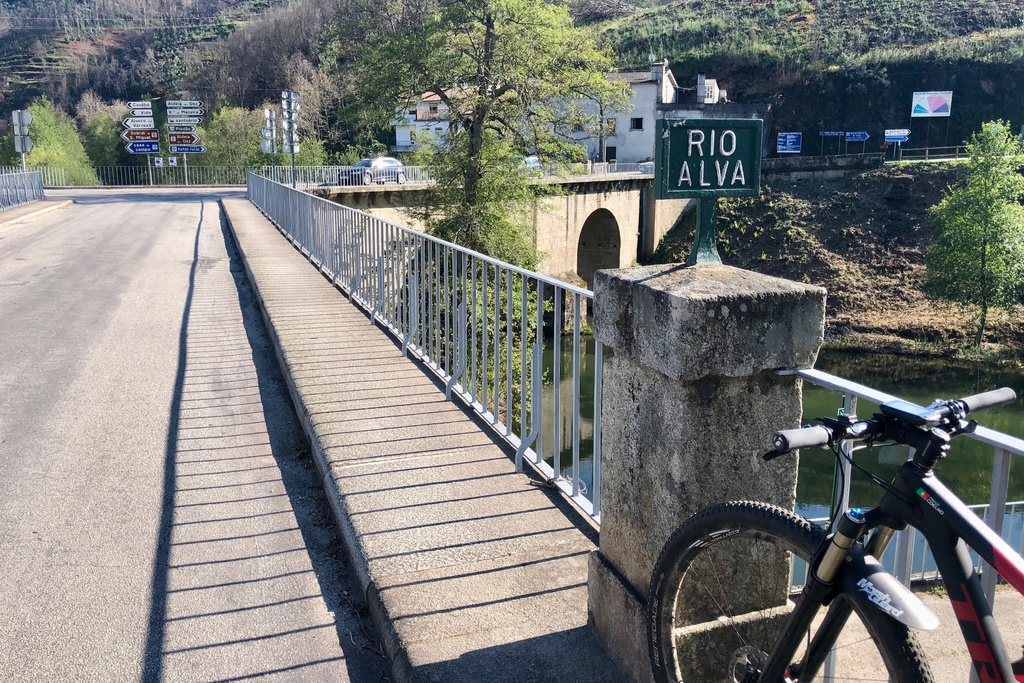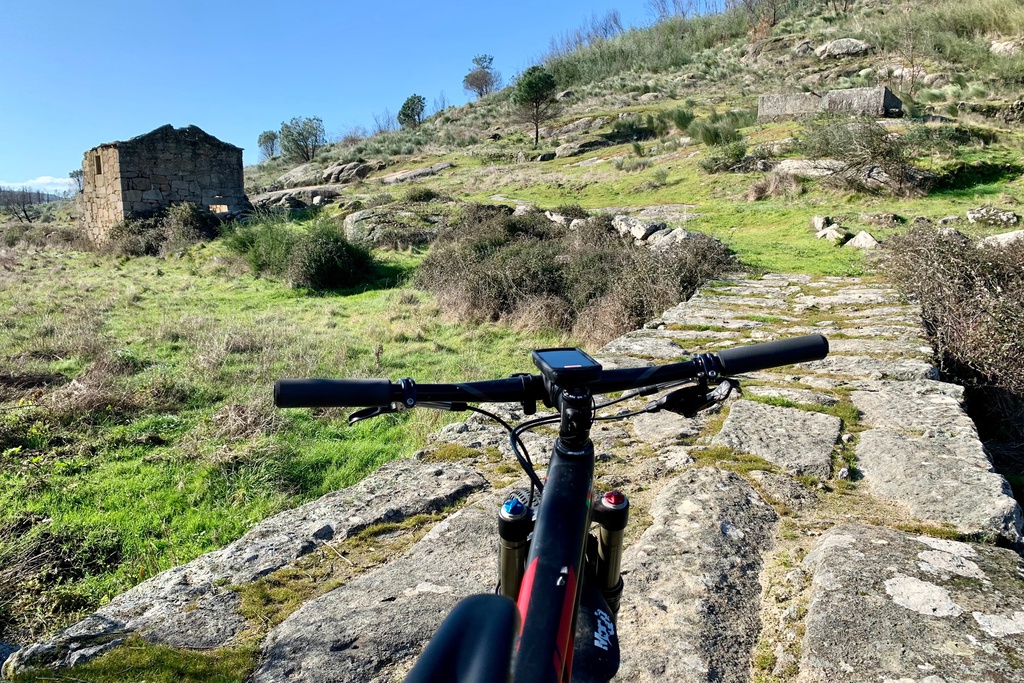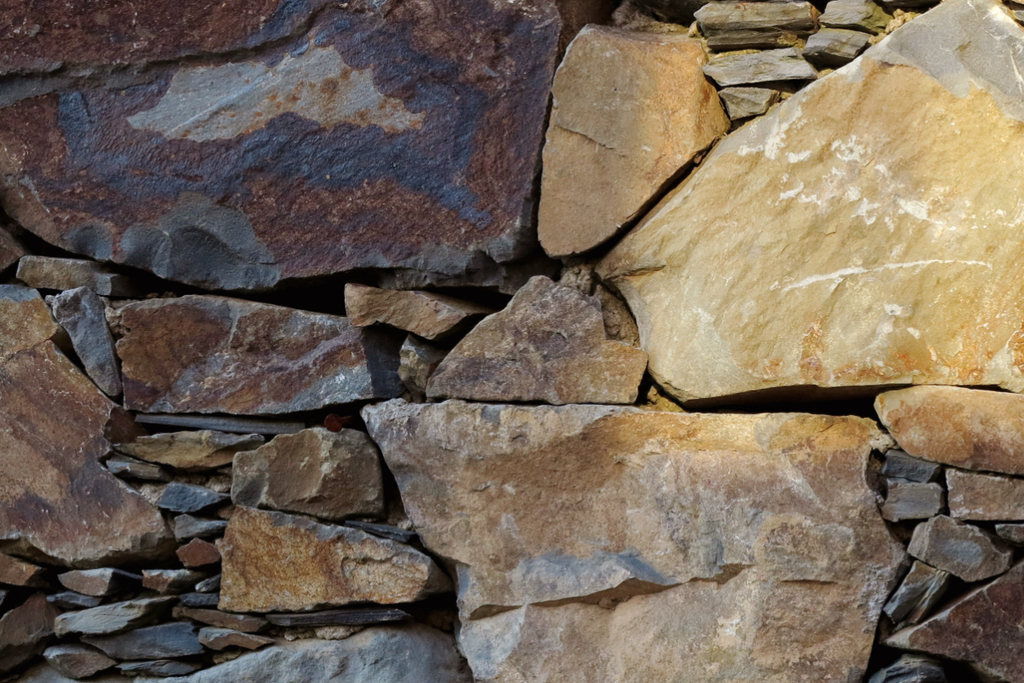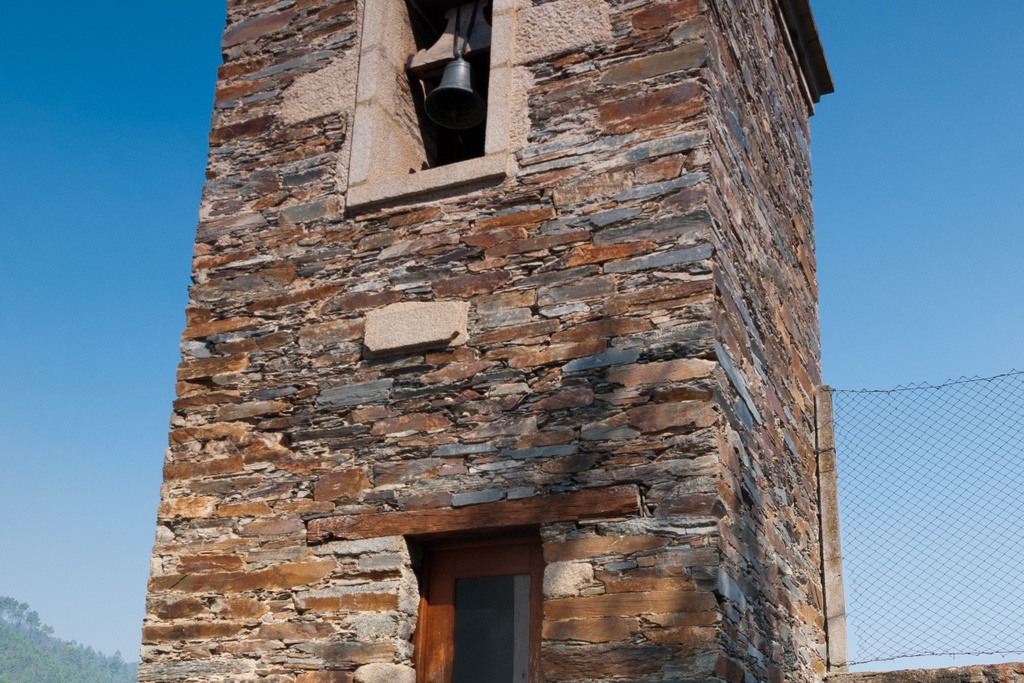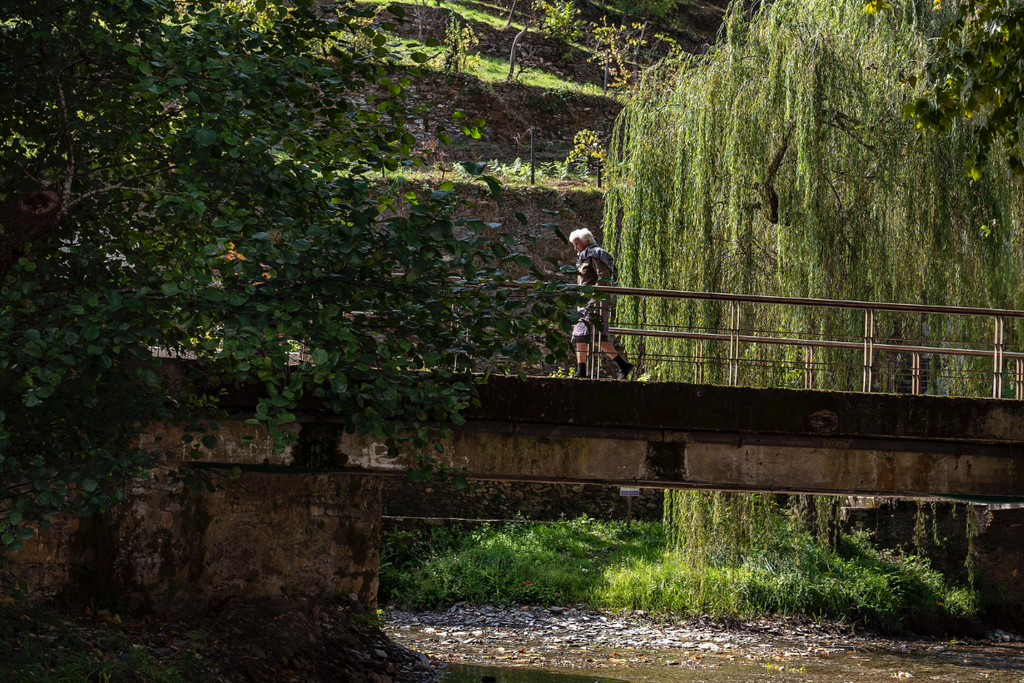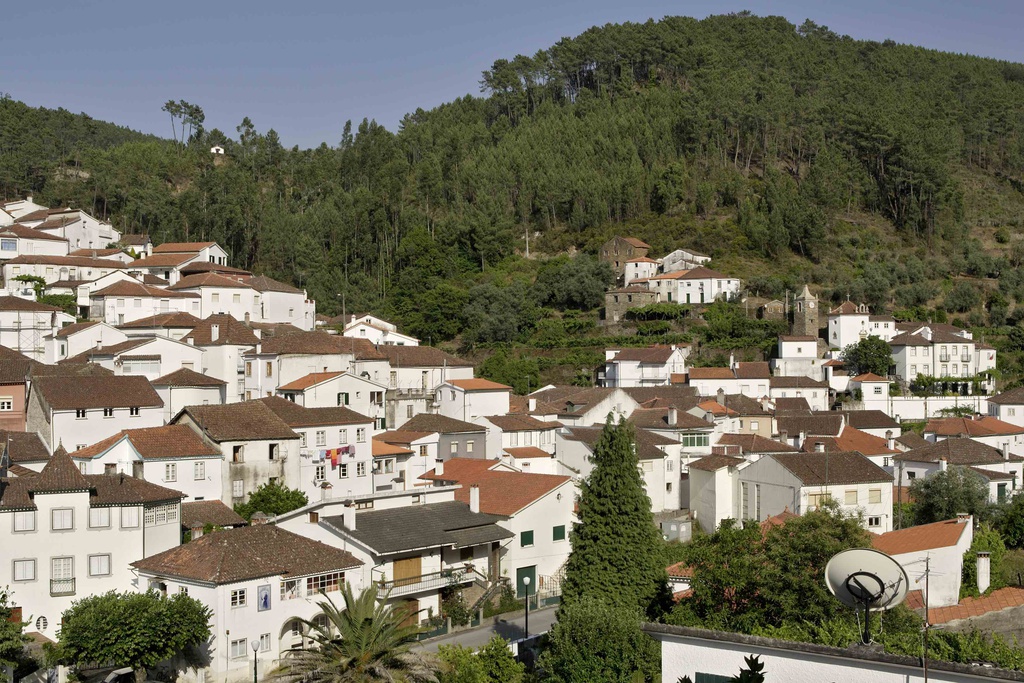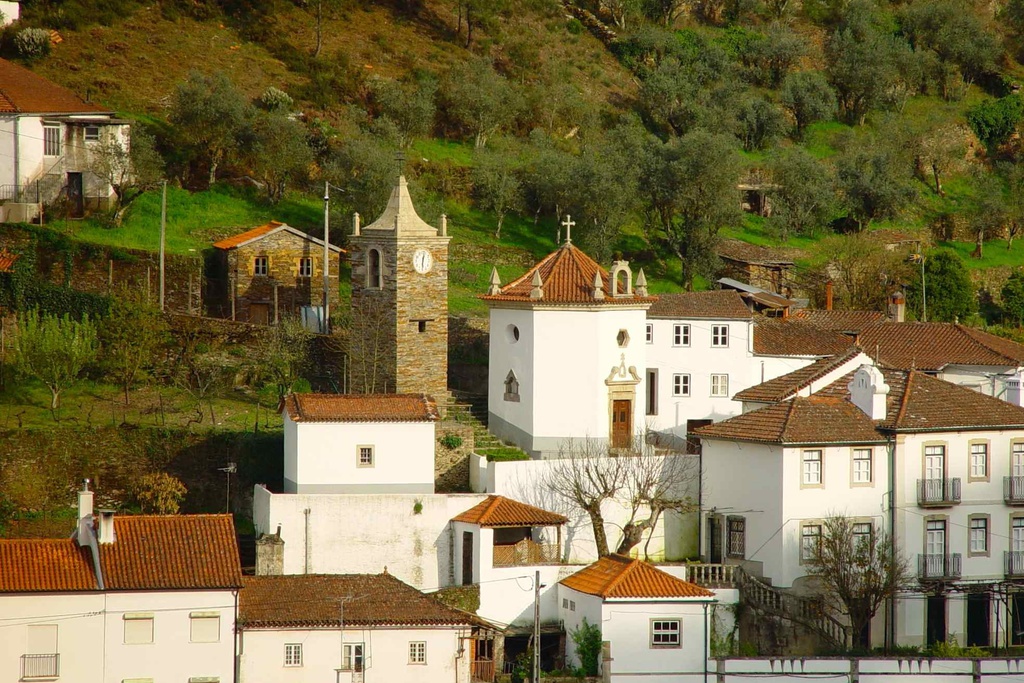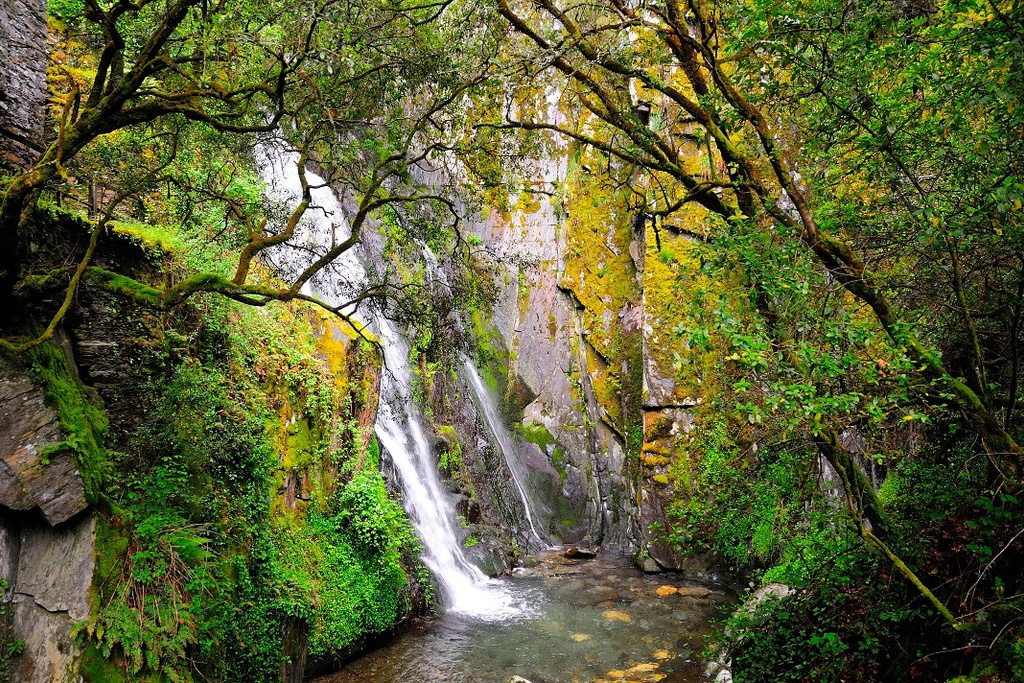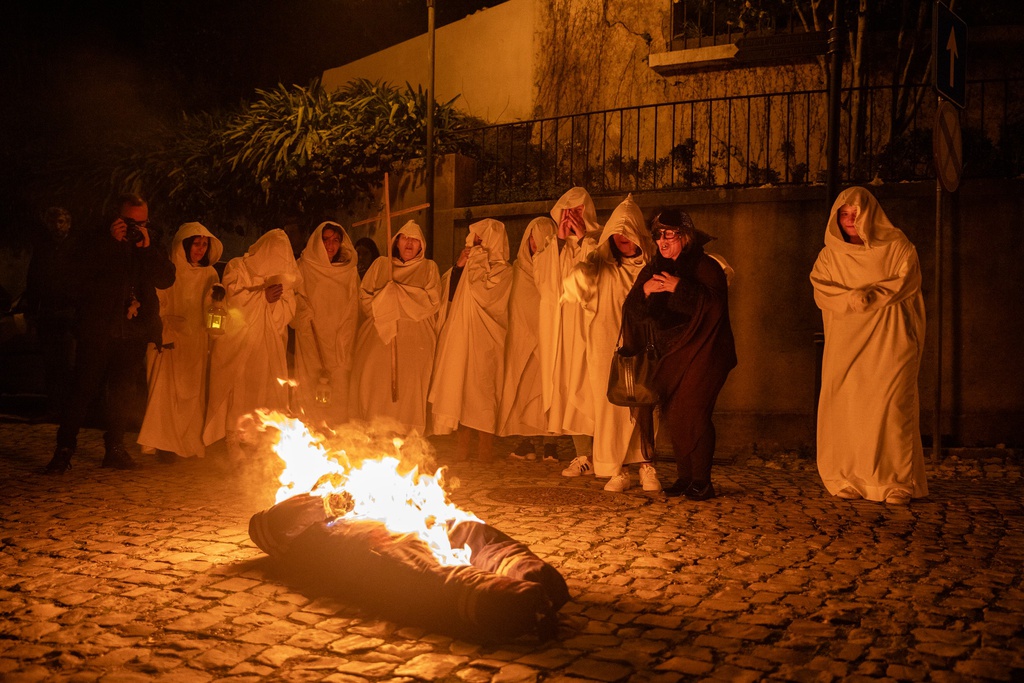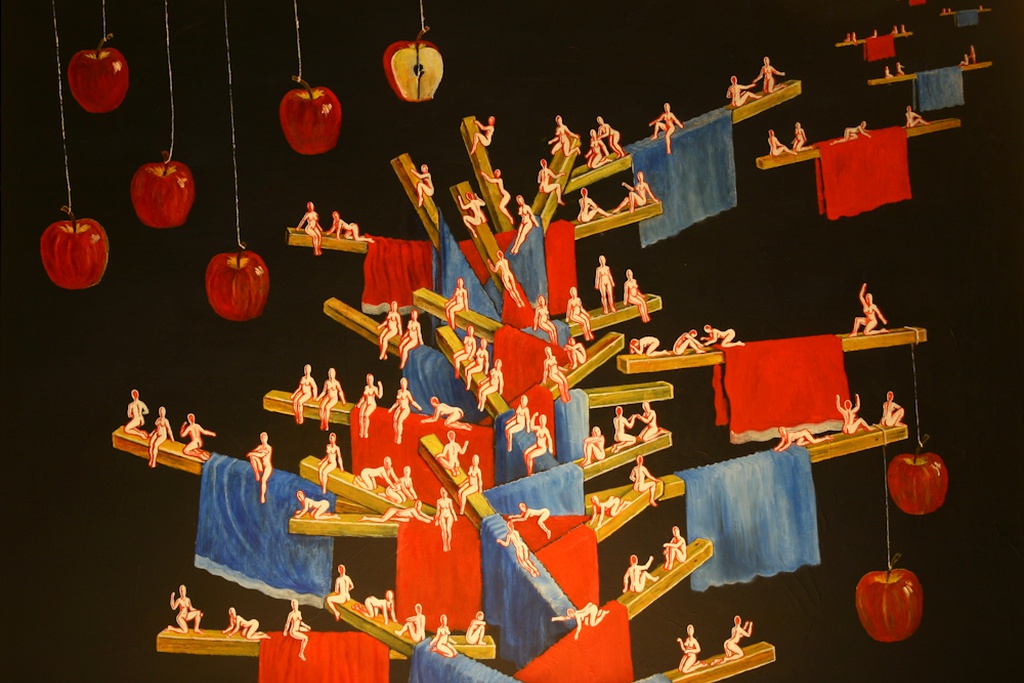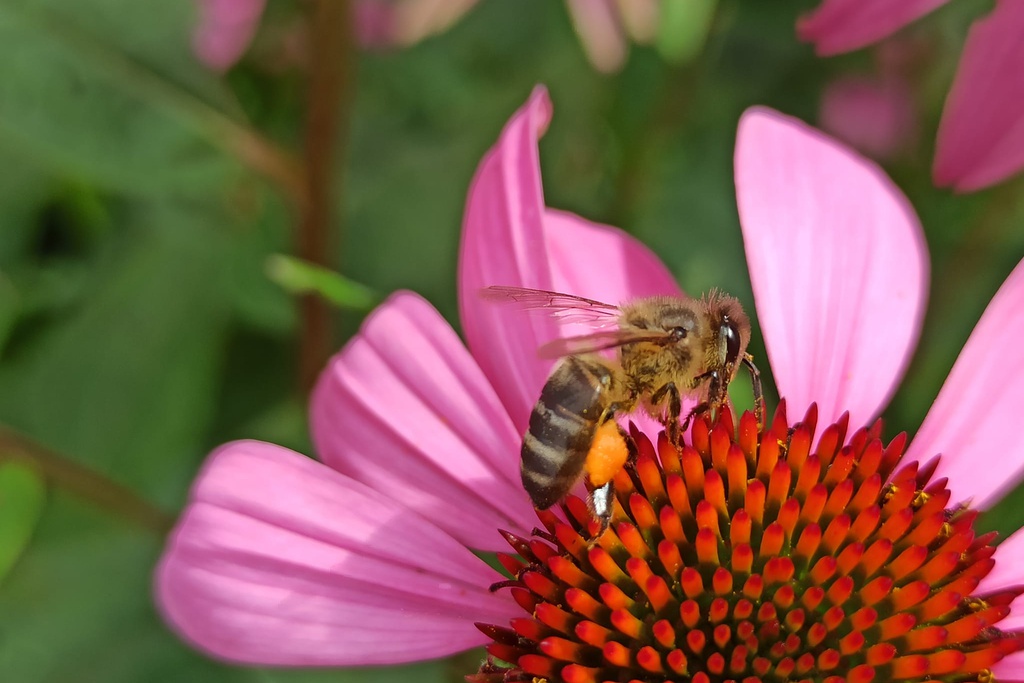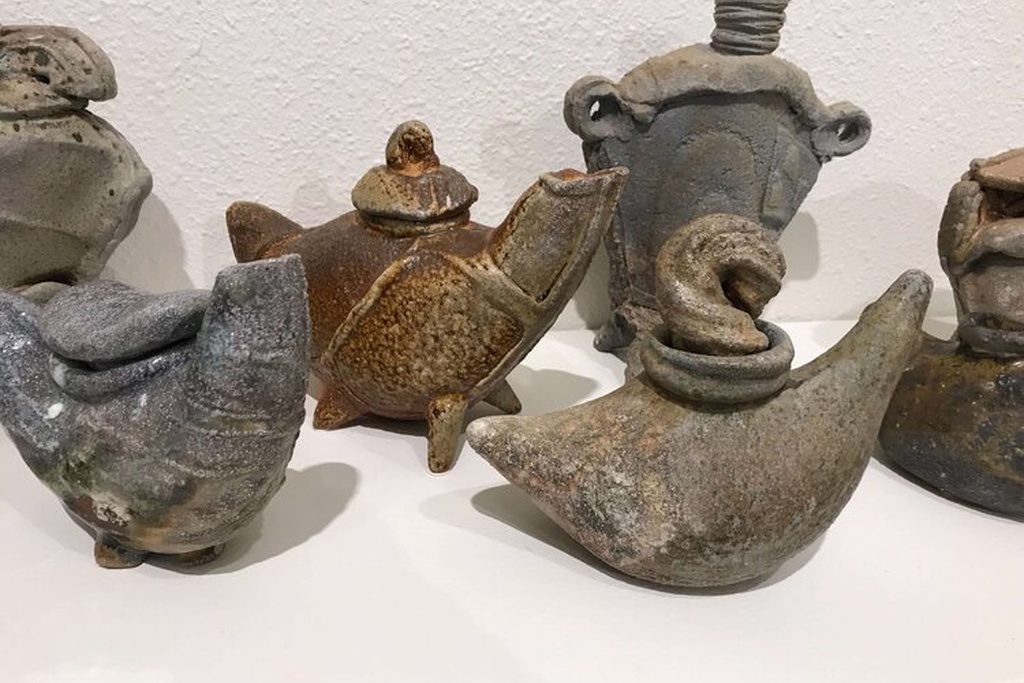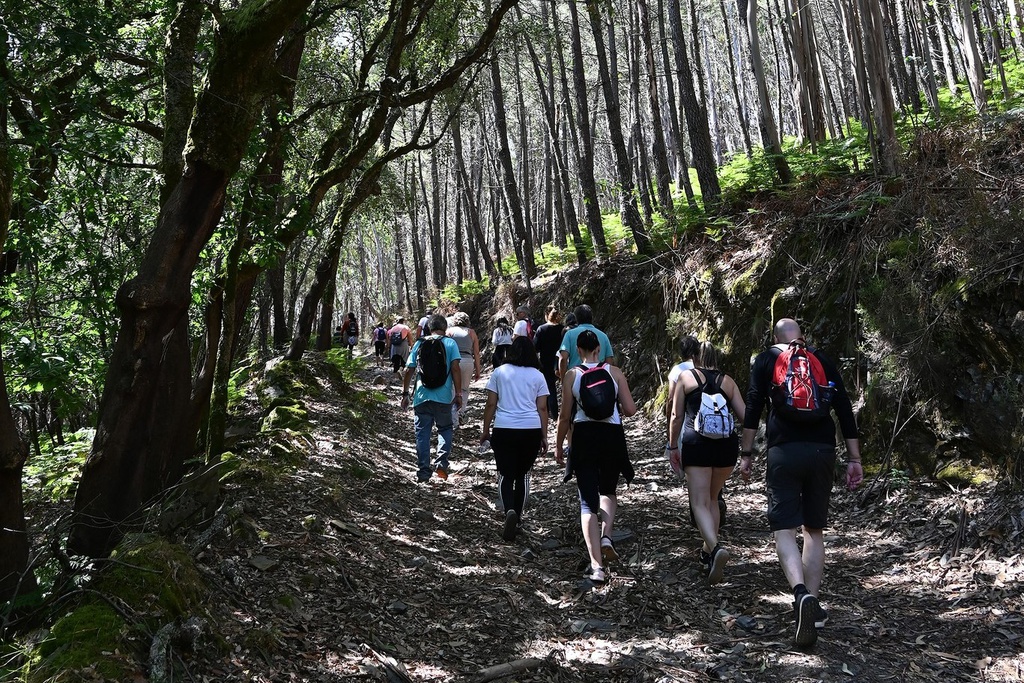The vestiges of walls, all that remains of a pre-Roman fort, testify to the antiquity of human settlement here. The Romans also passed through here, as evidenced by the Roman road outside the village, which runs towards Avô, and also some coins found near the village and the fort.
The status of the village changed when, in 1543, the Bishop of Coimbra, Dom Jorge de Almeida, separated it from Avô. However, this status was reversed in 1594, when it was once again annexed to Santa Maria de Avô, only achieving independence again in 1602/1603, which it never lost. On 24 December 1812 street lighting reached the village. The lamps operated on carbide. And when, in the 1860s, the match industry began in Portugal, Aldeia das Dez occupied a prominent role: in 1890 there were two or three match factories in the village, employing around 50 workers. One of the factories still exists and has been converted into a private house, and cannot be visited. Until 1899, the year when the municipal road that connects it to Ponte das Três Entradas was completed, Aldeia das Dez was virtually isolated.
Origin of the name
In the “Register of the population of the Kingdom (1527)” the entry for the town of Avô included the then lugar dalldea which had 49 residents.
Sometime between the 16th century and more recent times, the words “das Dez” were added to the name of the village, though the reason for this is not documented. Among the various theories, a plausible reason may be its derivation from “Aldeia dos Diez”, from the surname (Diez = Dias) common in the region at the time of the village’s foundation.
Origin of the name, according to legend
The origin of the village’s name, as the legend relates, is that at the time of the Reconquest, ten women found a treasure in a cave on Mount Colcurinho. What the treasure was, no one knows. Perhaps it was something intangible. The ten women divided the treasure among themselves, swearing never to reveal it. This is secret that has been passed down from generation to generation.
The match industry
With the beginning of the match industry in Portugal in the 1860s, Aldeia das Dez occupied a prominent role: In 1890 there were two or three match factories in the village- “Serra da Estrela” and “Francisco Antunes do Amaral” – employing around 50 workers. The monopoly that was granted to the Companhia Portuguesa de Fósforos in 1895 wiped out this industry in the village. One of the factories was converted into a woollens mill, which also produced blankets. The nineteenth century building still survives, converted into a private house, which cannot be visited.
Rua dos Entalhadores
In Aldeia das Dez there still exists this street once occupied by wood carvers of great artistic skill. On the high altar of the Mother Church of the Schist Village of Benfeita we can see an original 18th century work by the carver José Tavares of Aldeia das Dez.
Here, in the Mother Church, the same carver executed a pulpit which is an outstanding example of his craft. Only oil was used for varnishing the piece so that paint did not hide the details of the work.
In the village there is also a Rua dos Douradores (Gilders’ Street).
Plane crash
On 15 April 1953 a Portuguese Air Force fighter plane crashed in Aldeia das Dez. It was the second time in a few days that the pilot had carried out aerial exercises over the village. During the aerobatic manoeuvres that he was performing that day, something went wrong. The fighter hit a tree, then a house and finally crashed near the village. The pilot died instantly. His name was Alfredo José. He was born in Aldeia das Dez.


